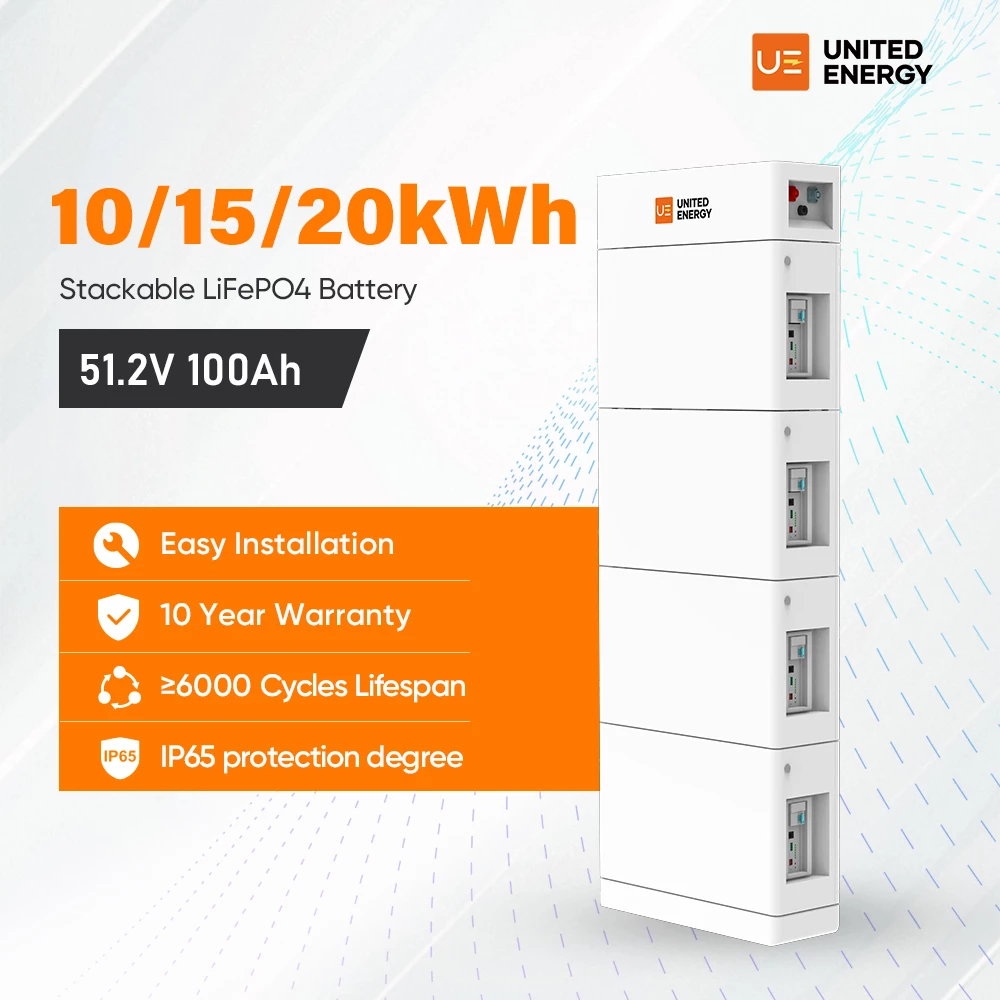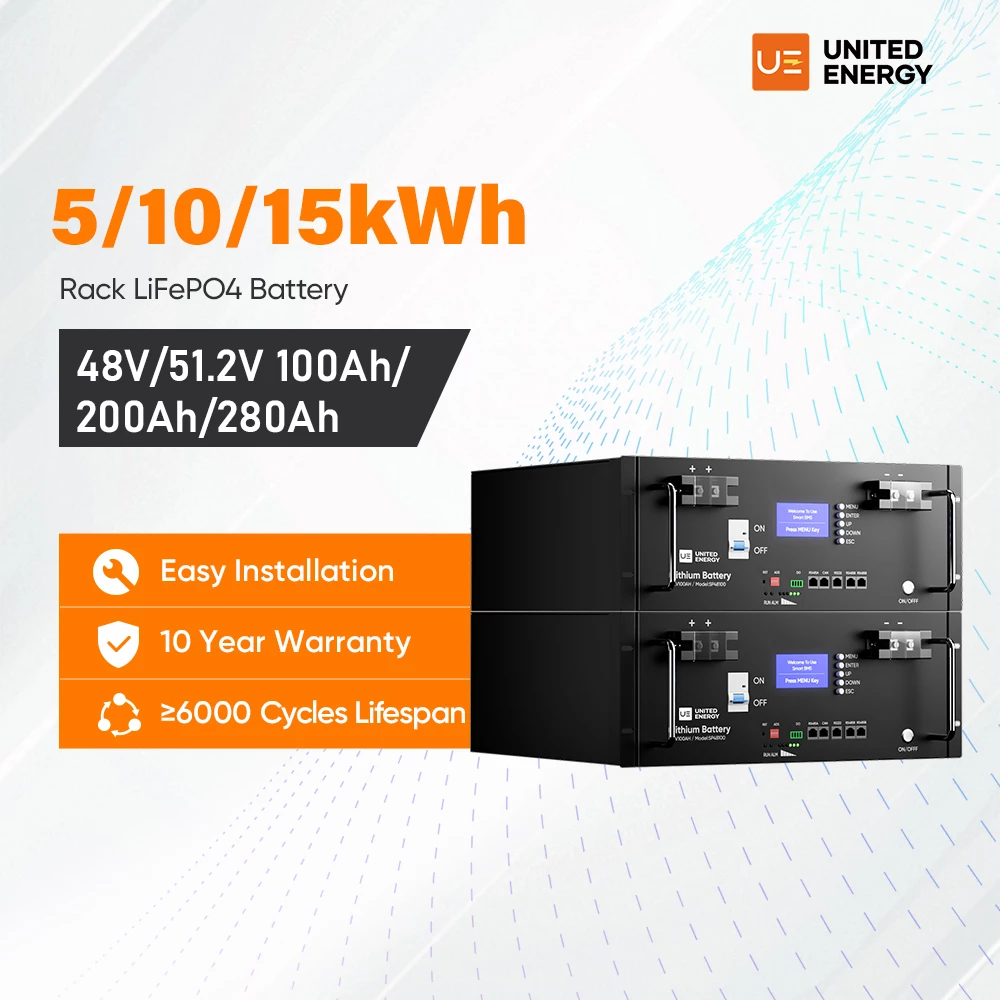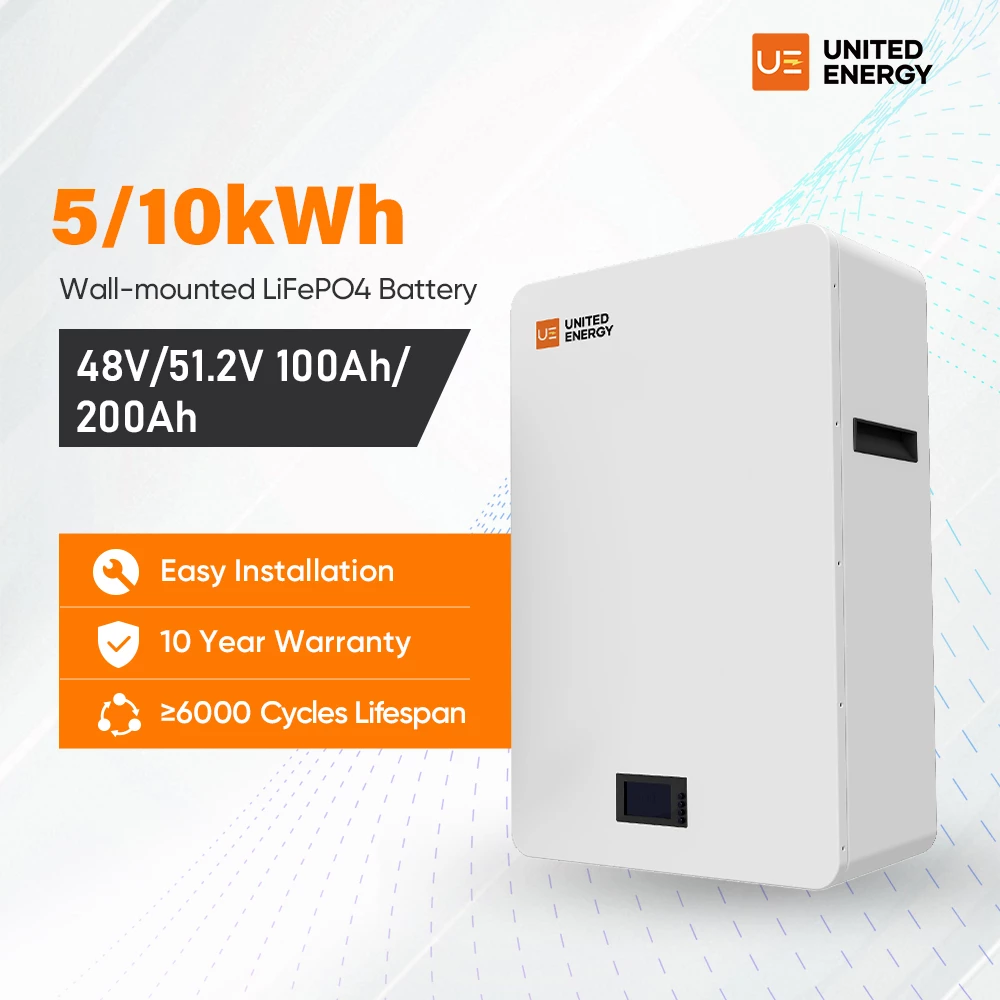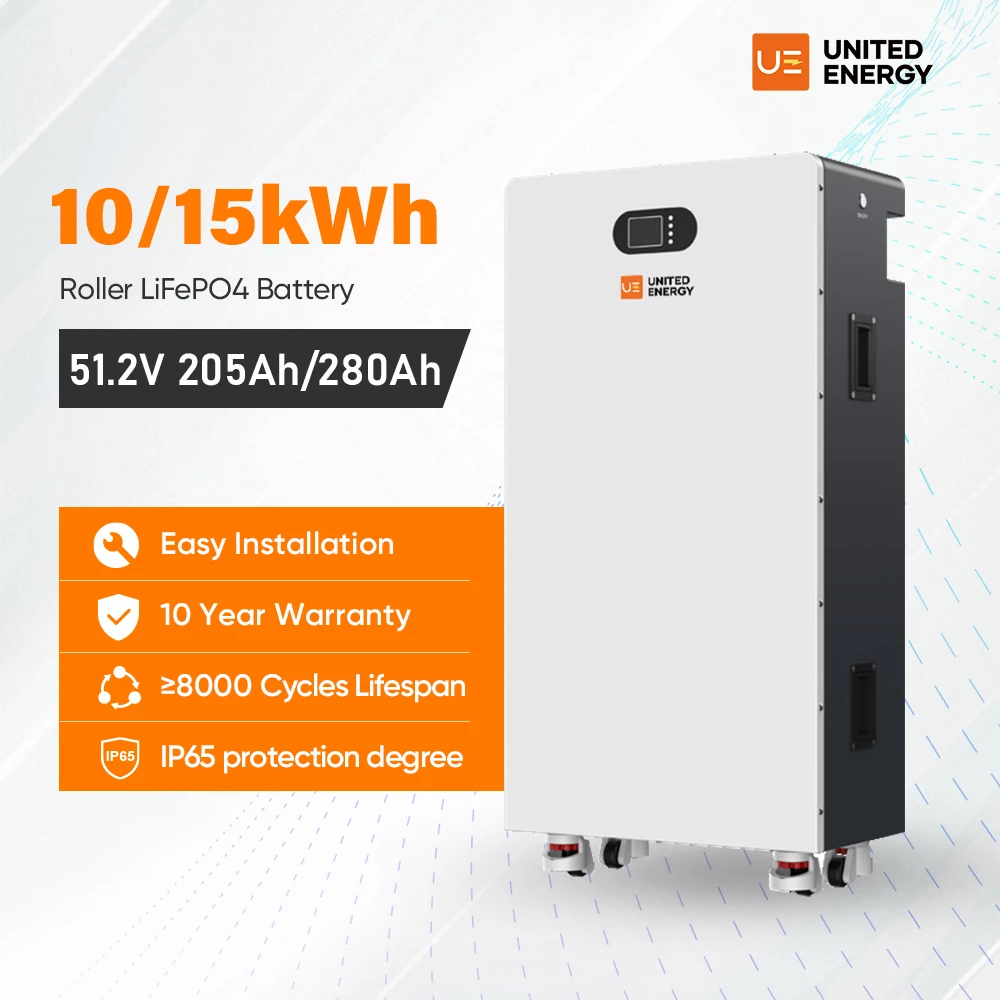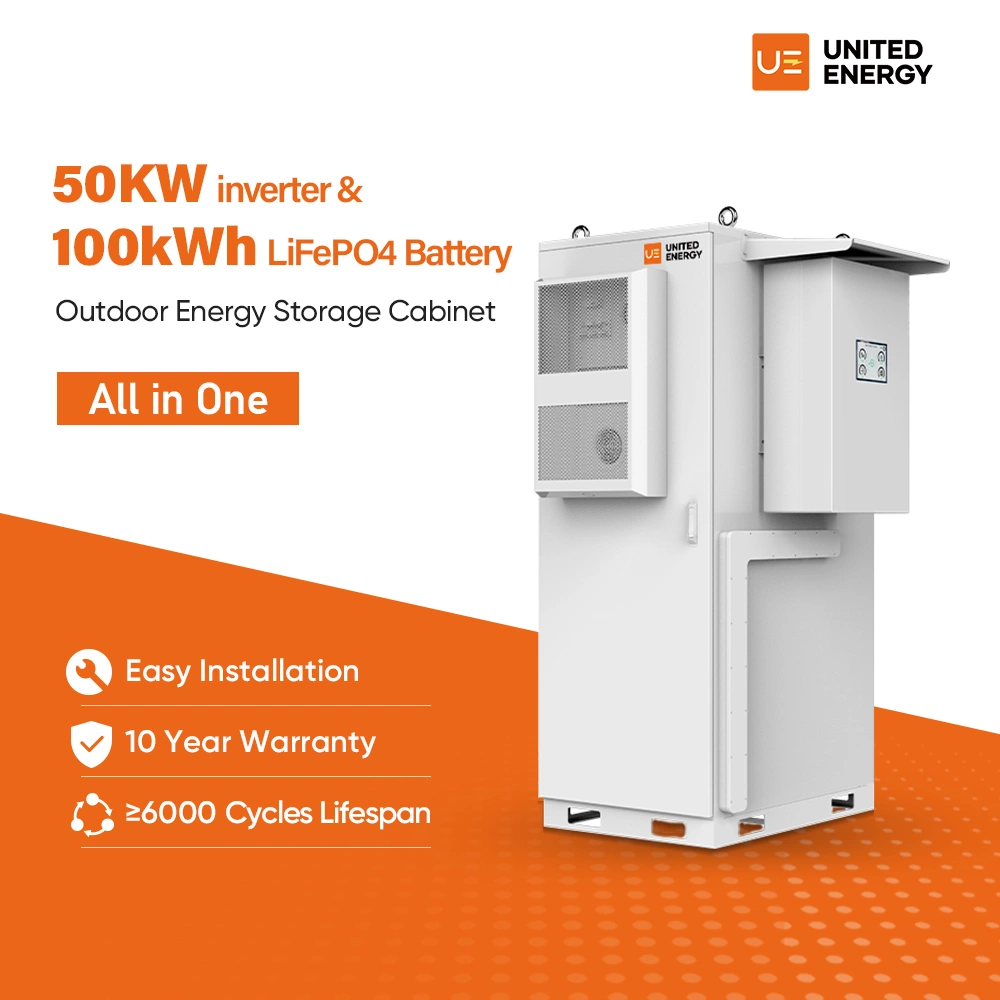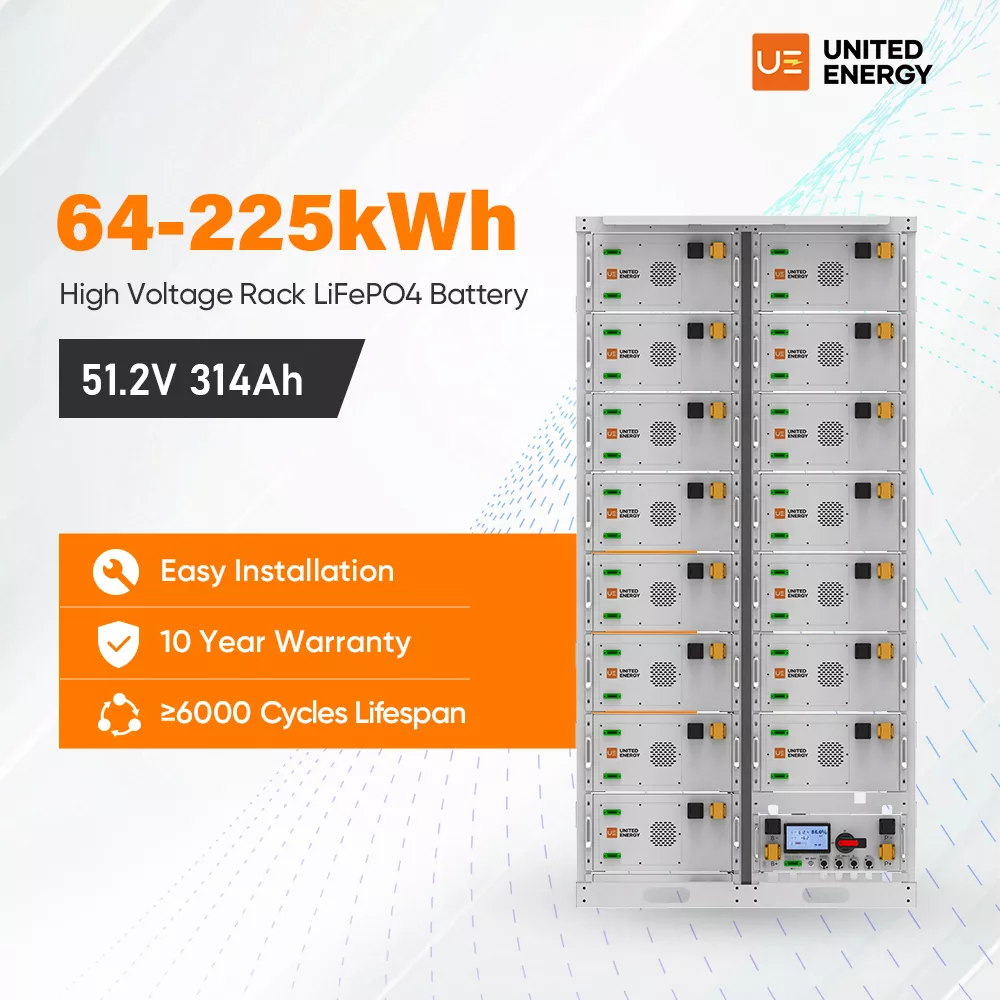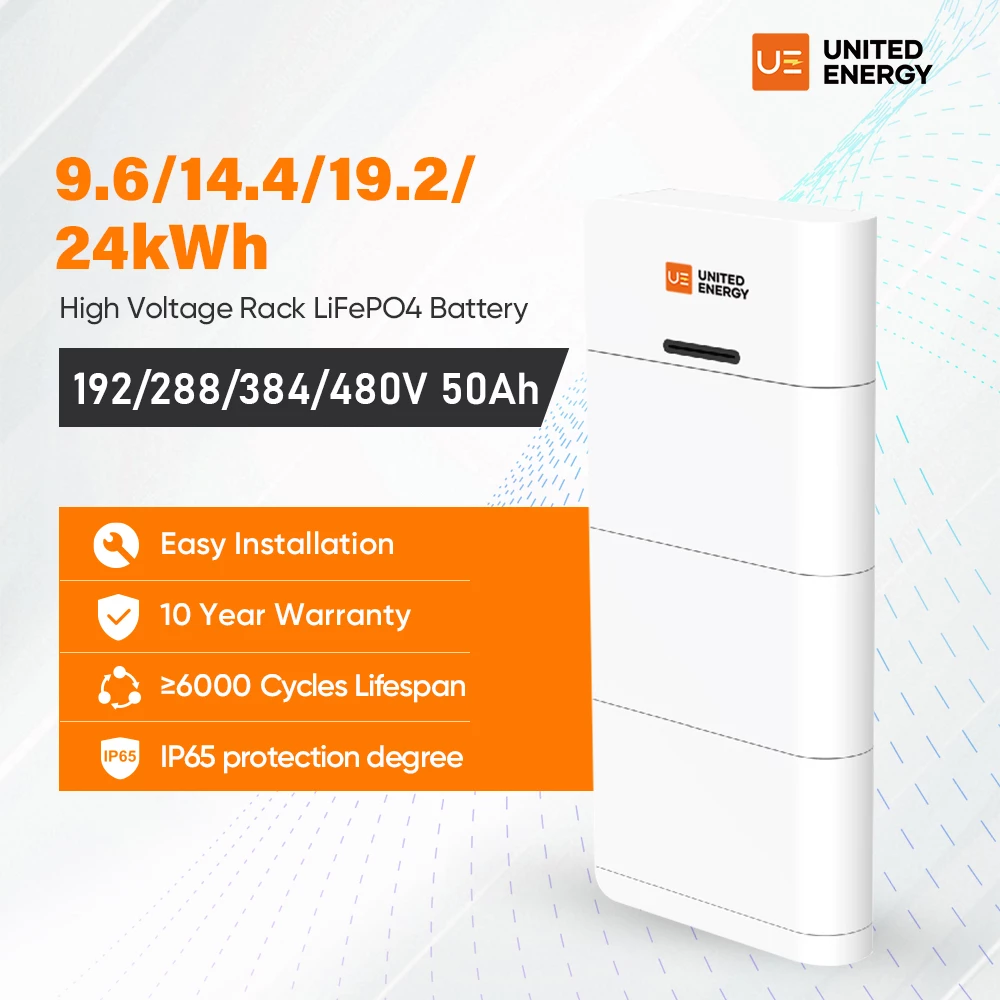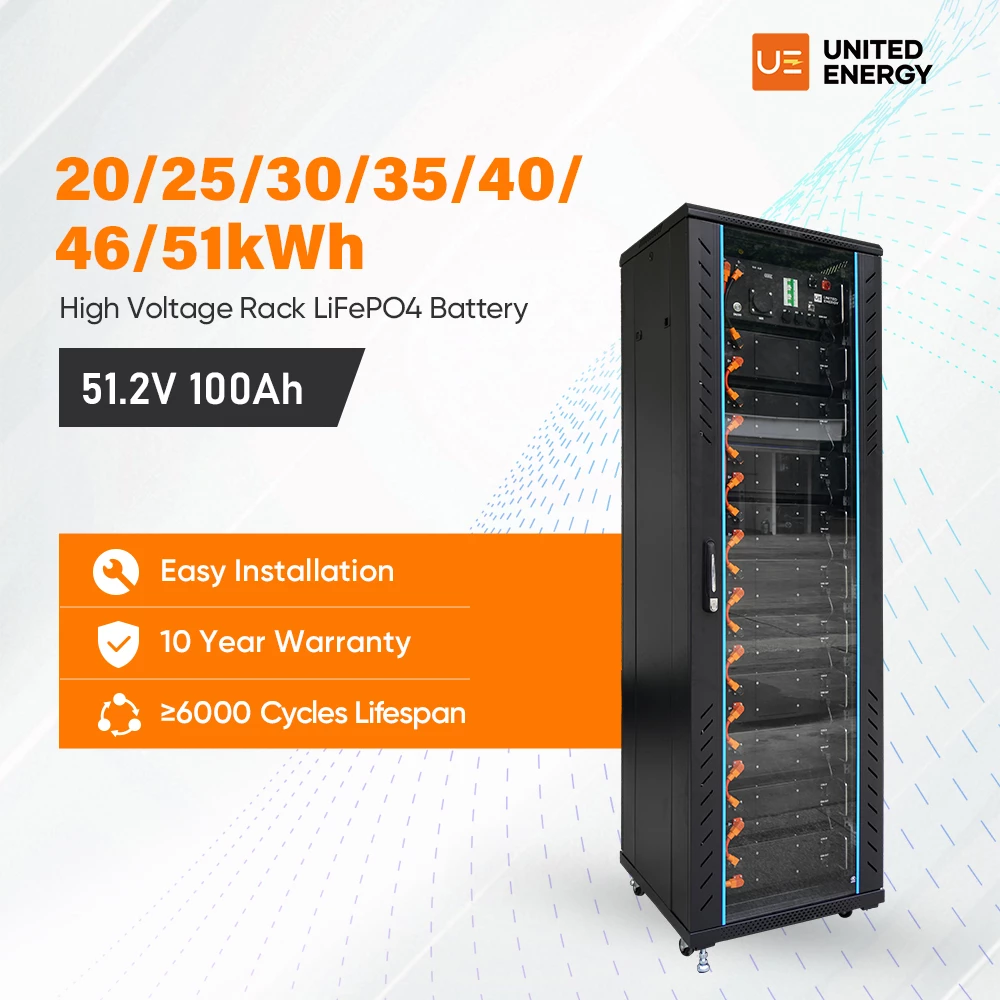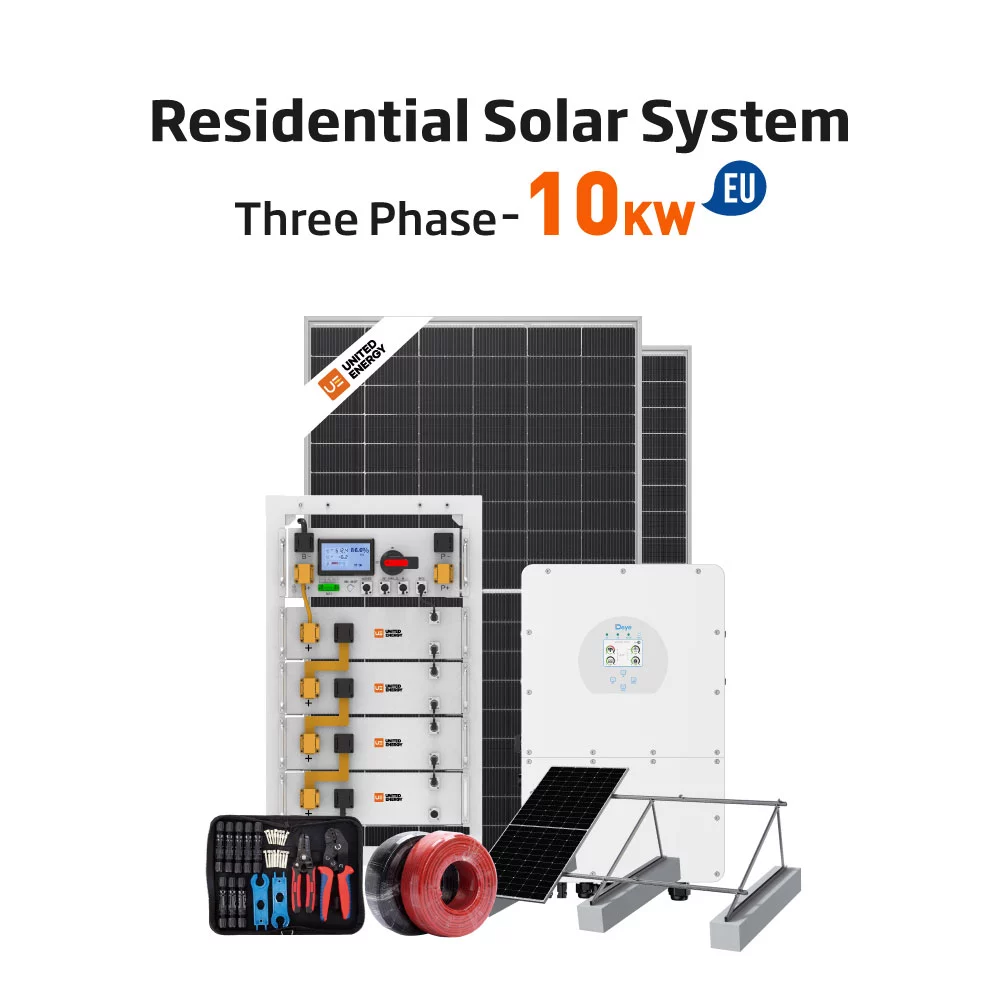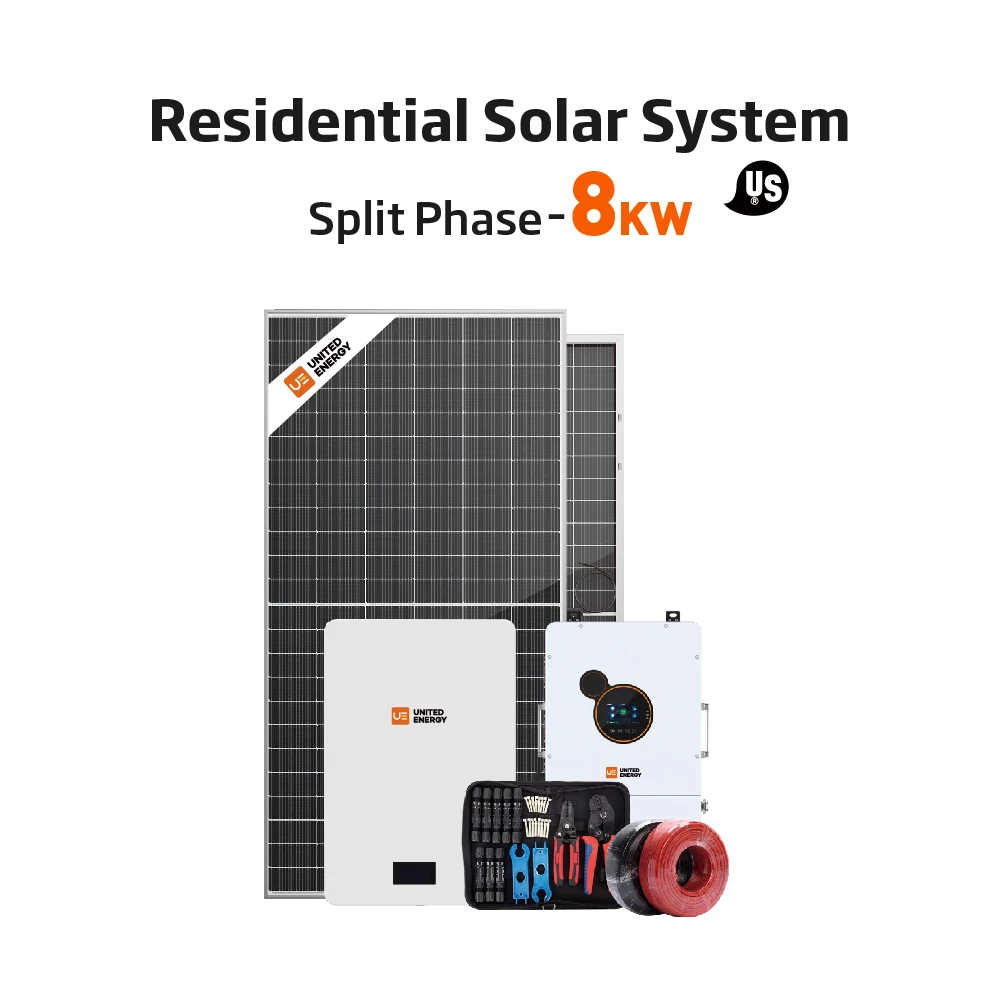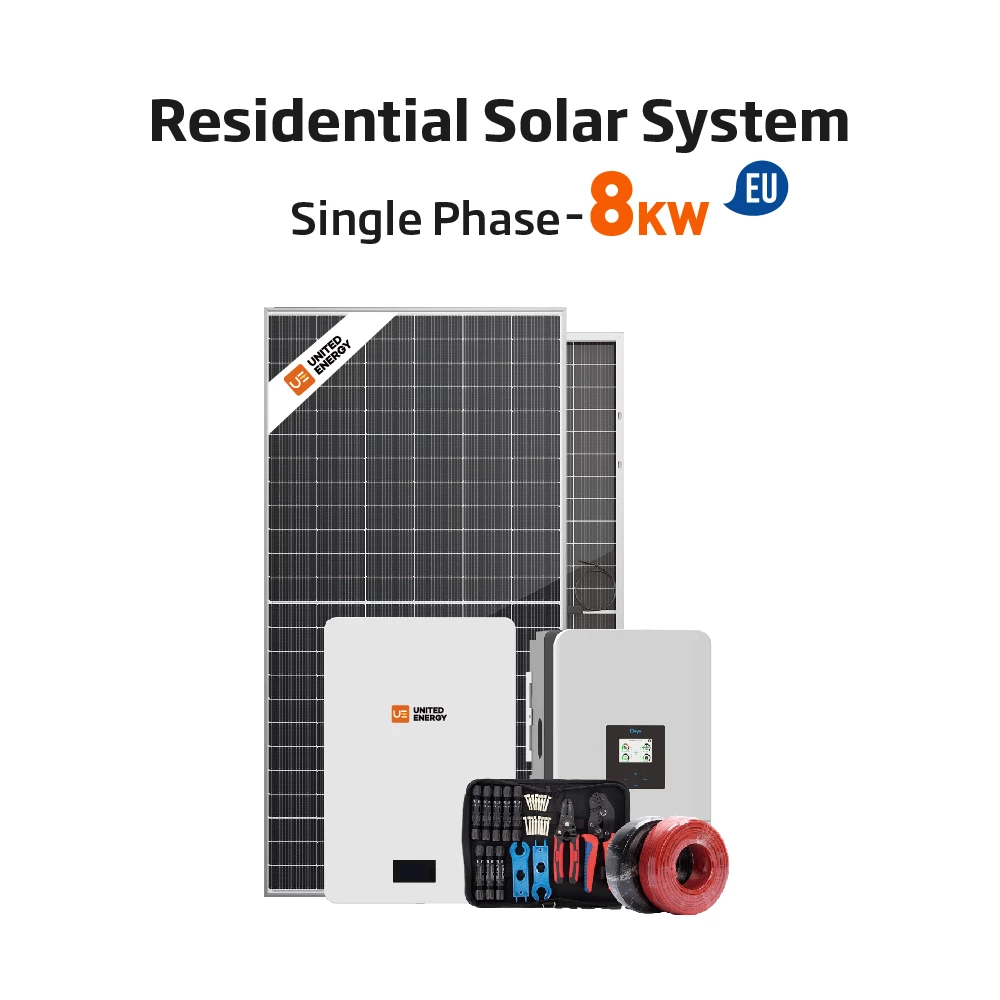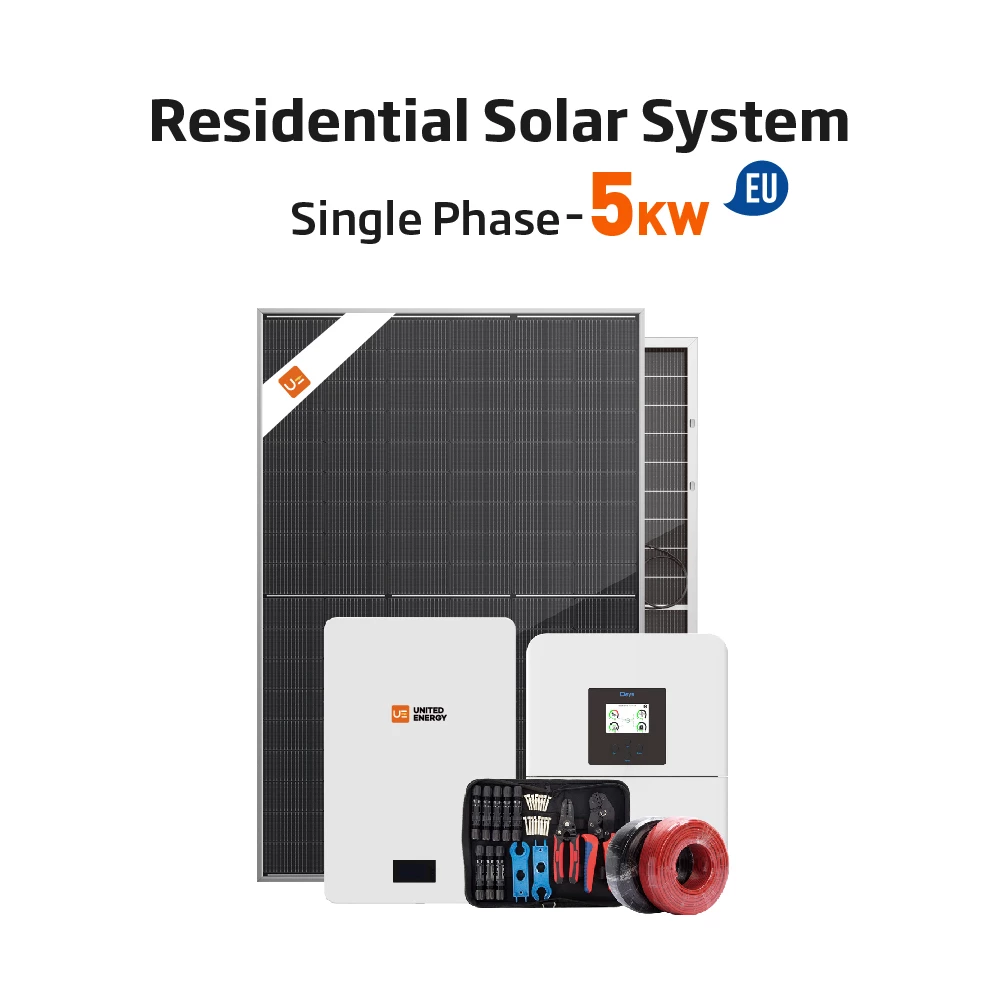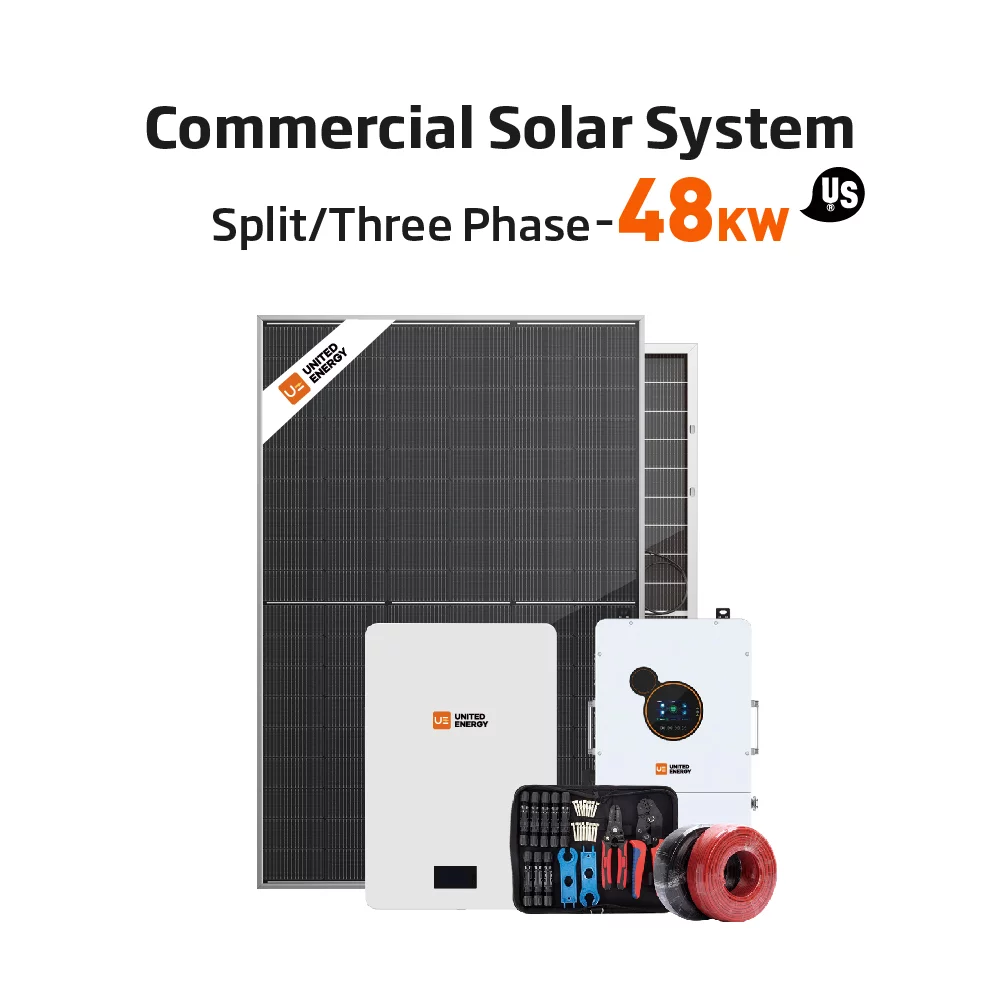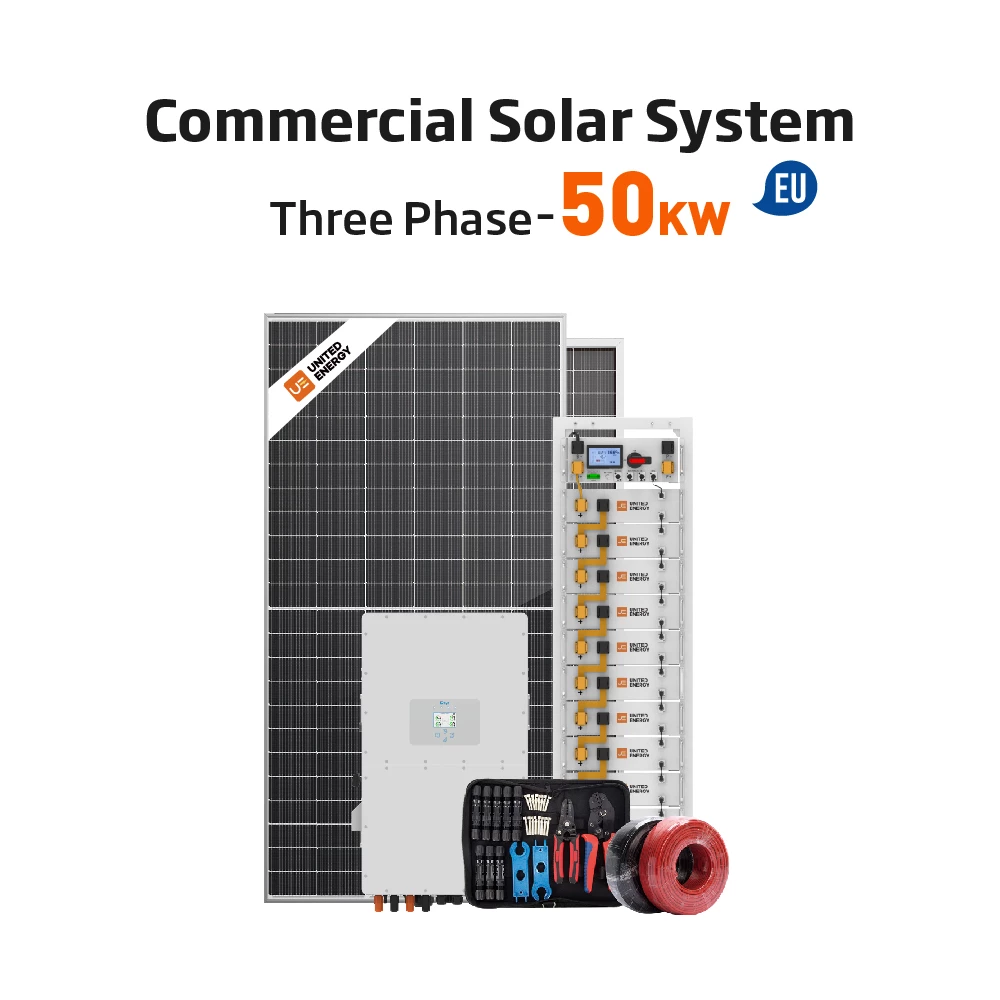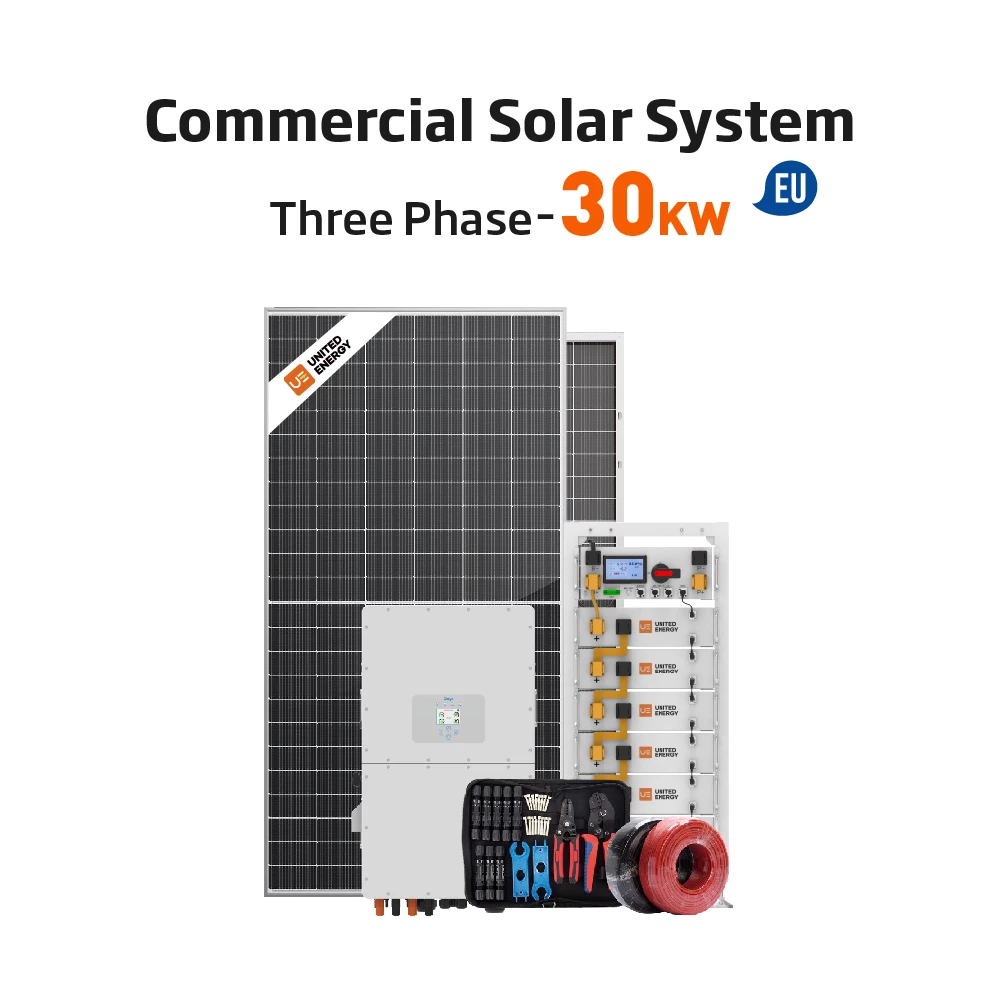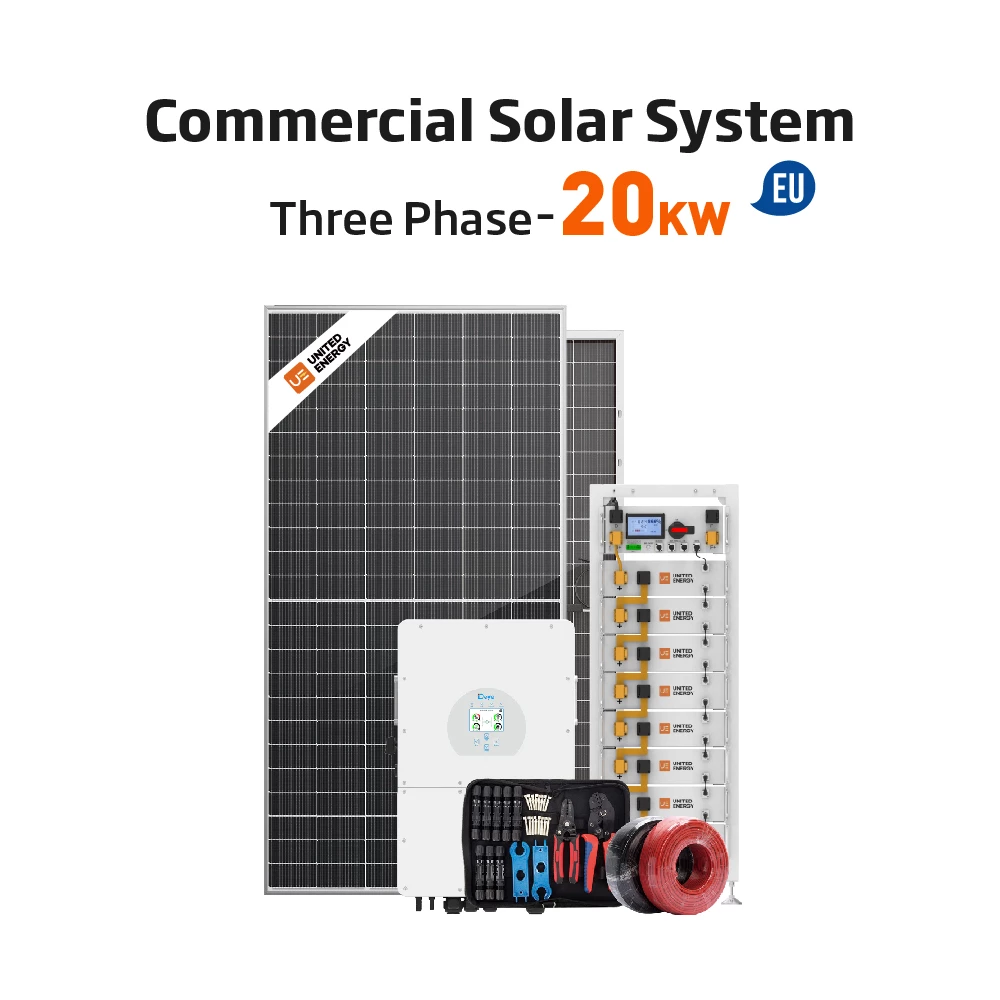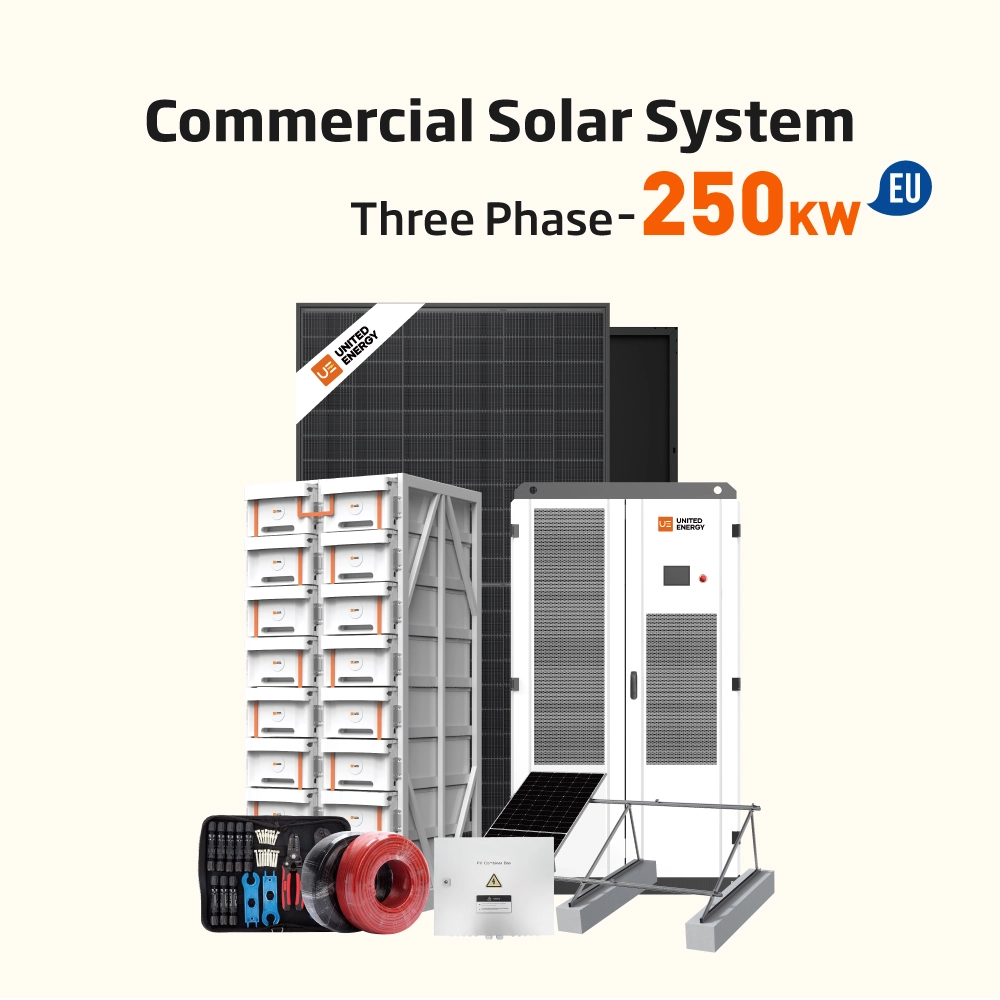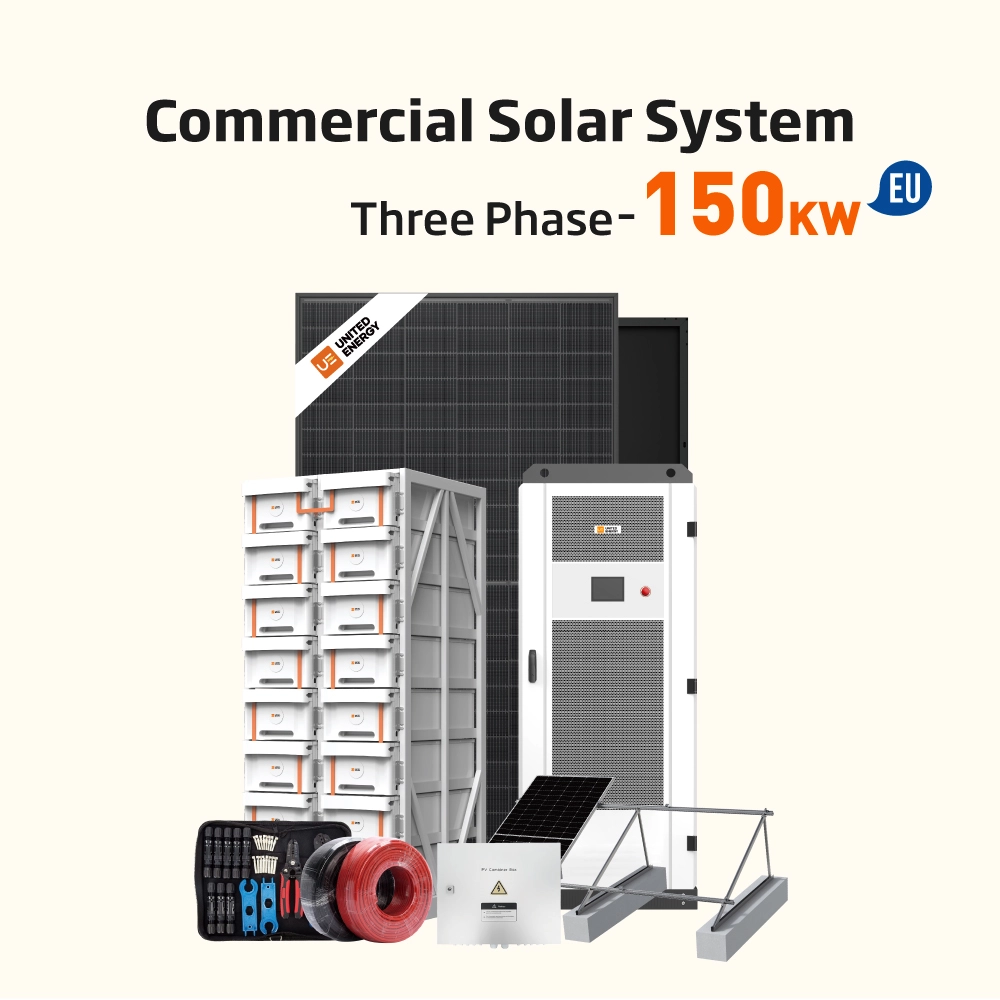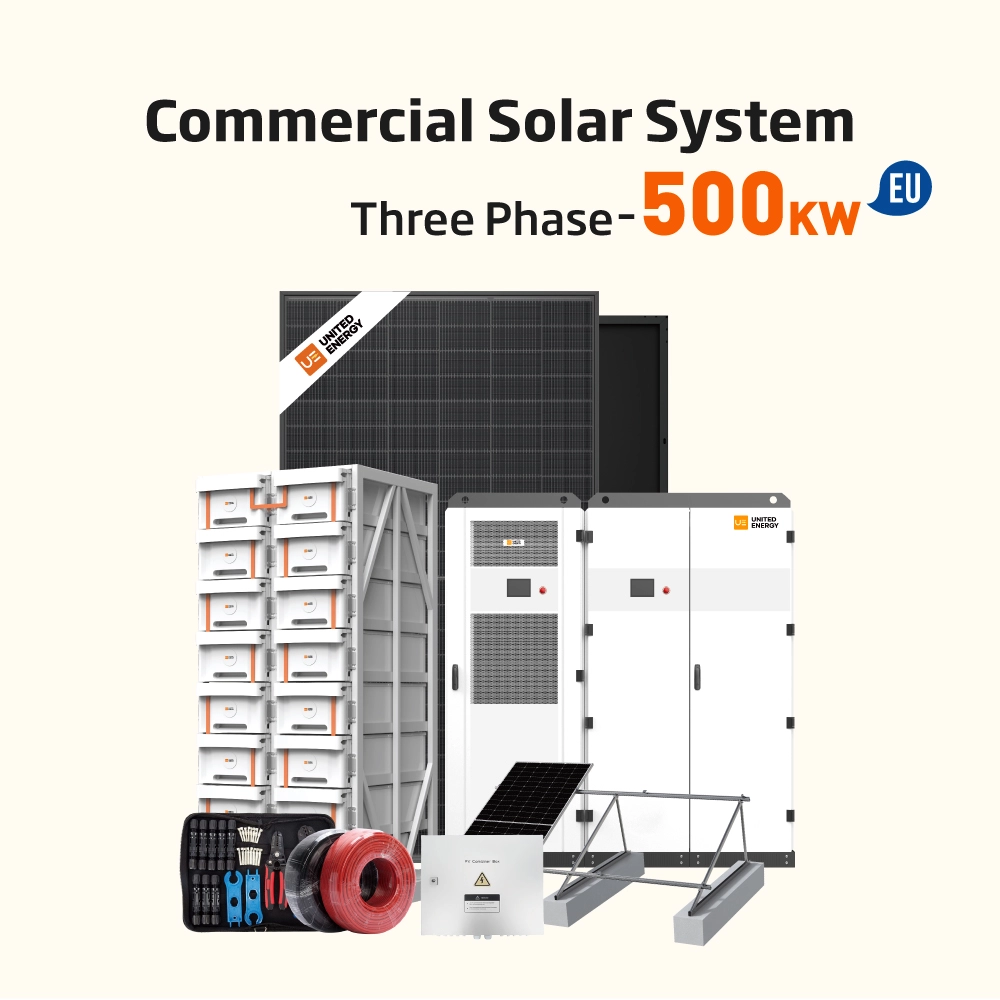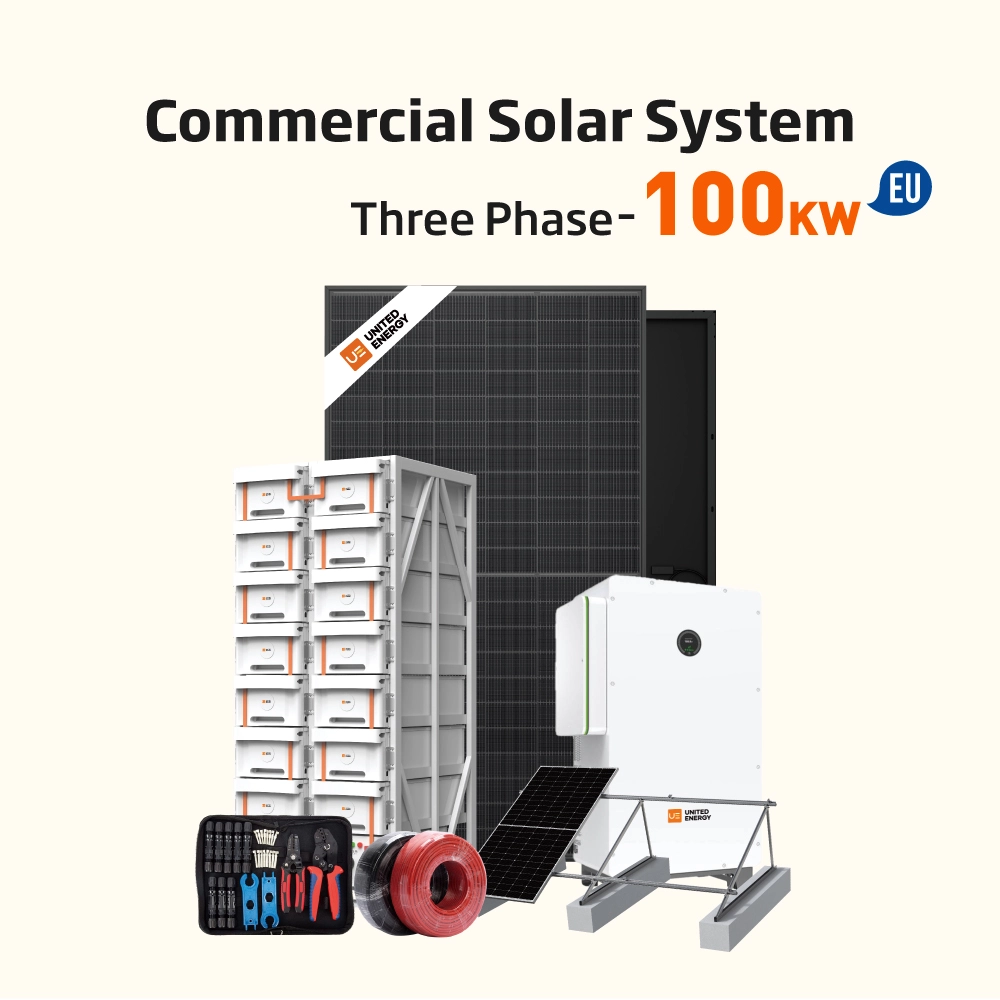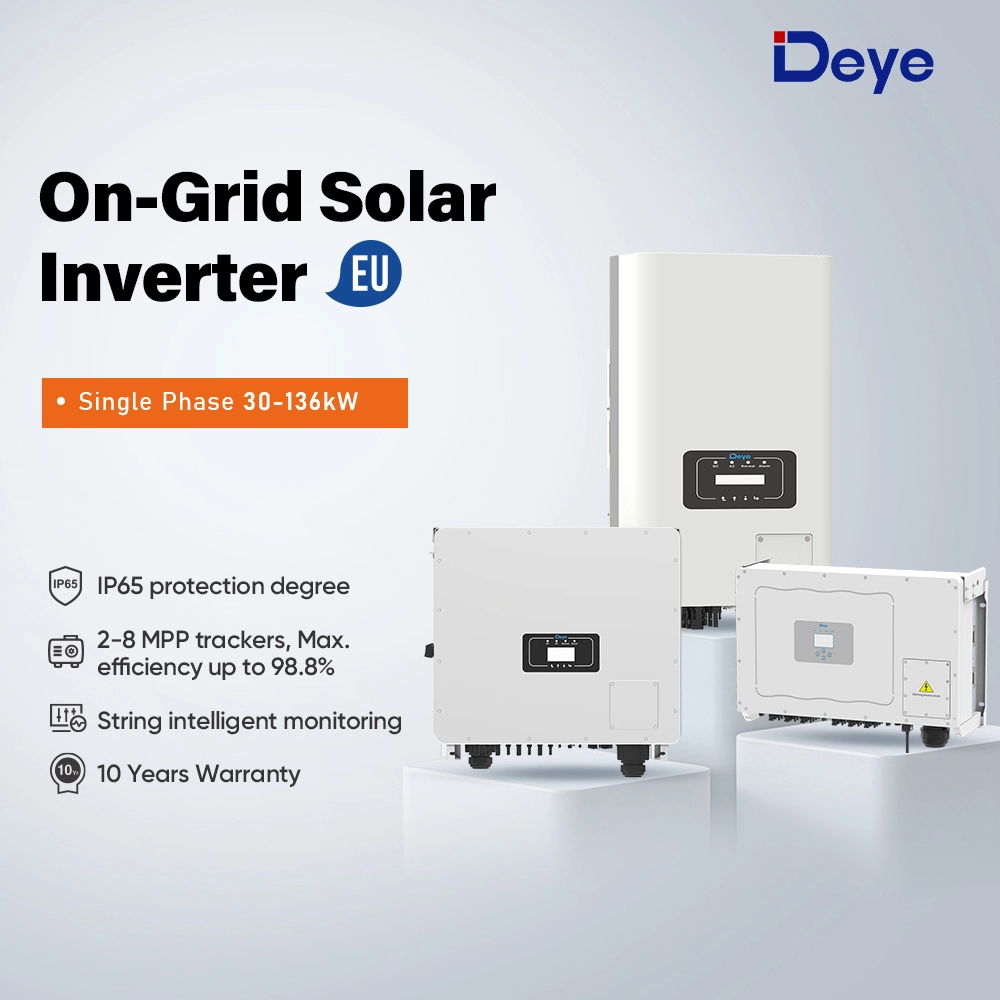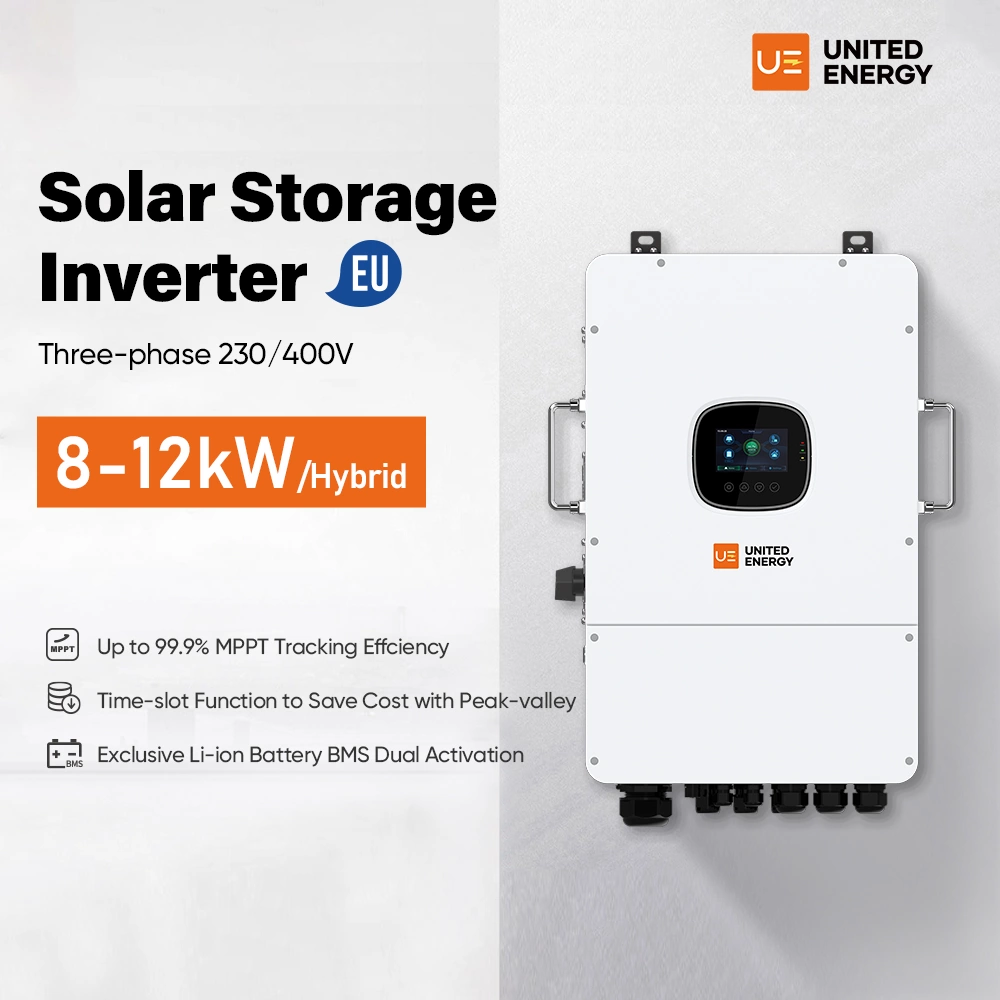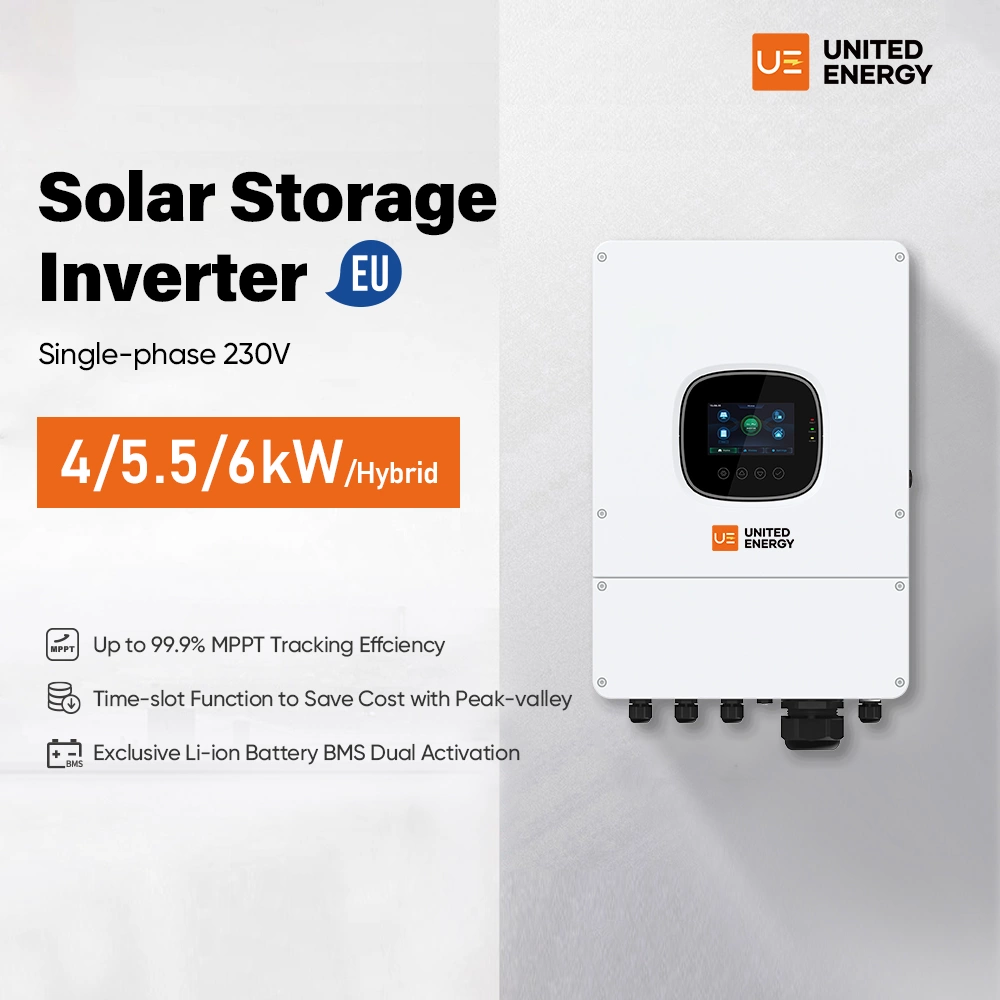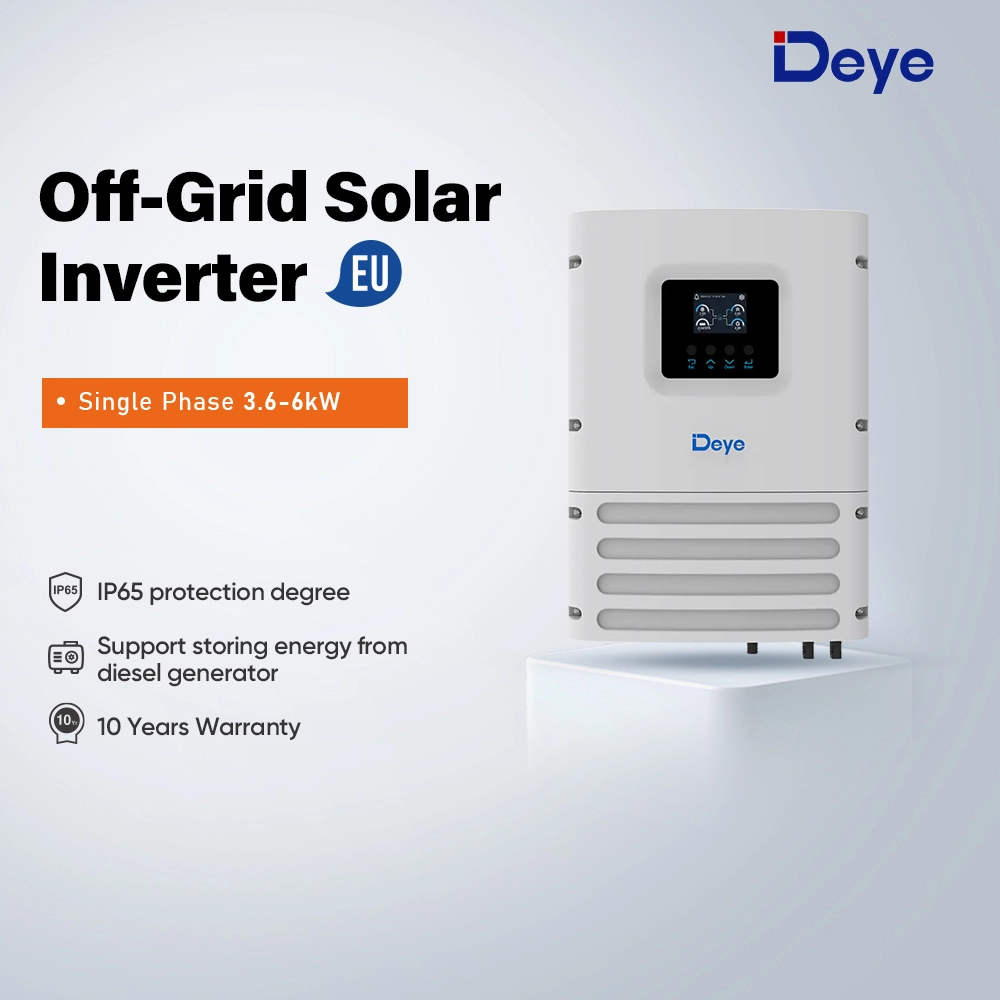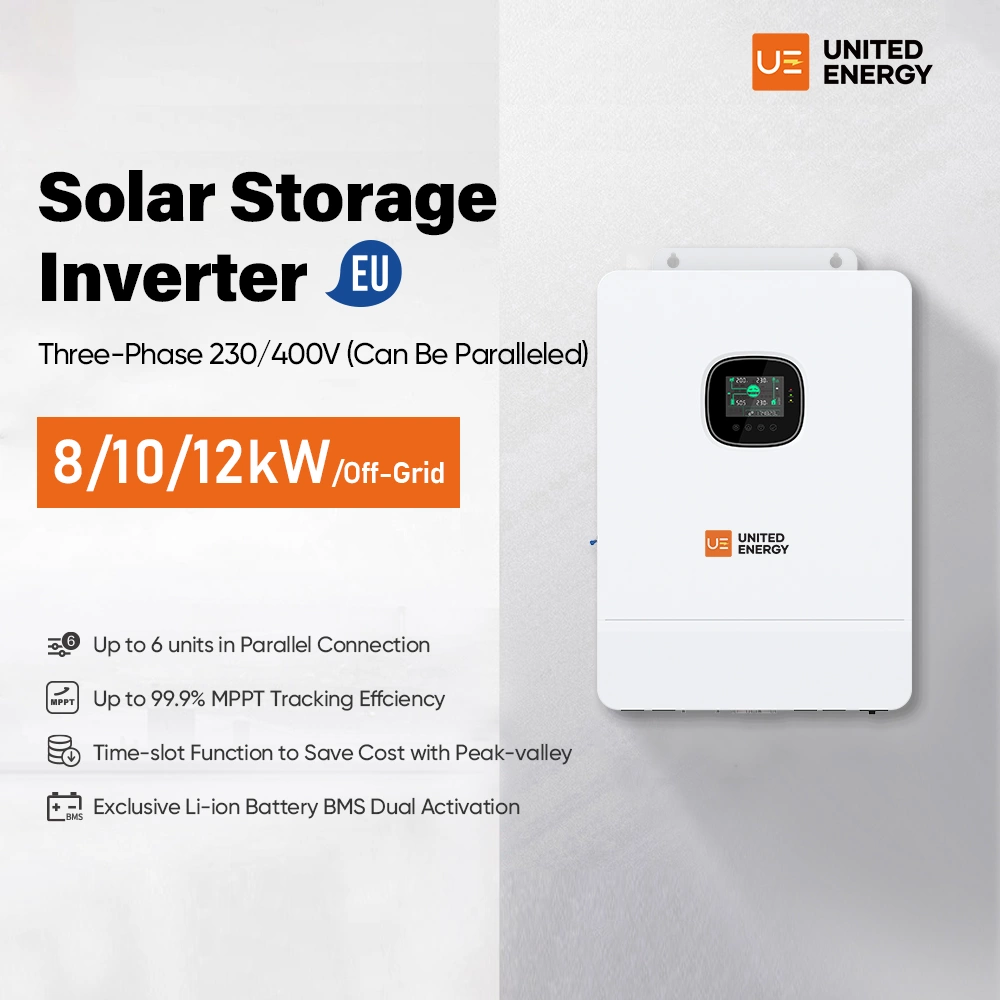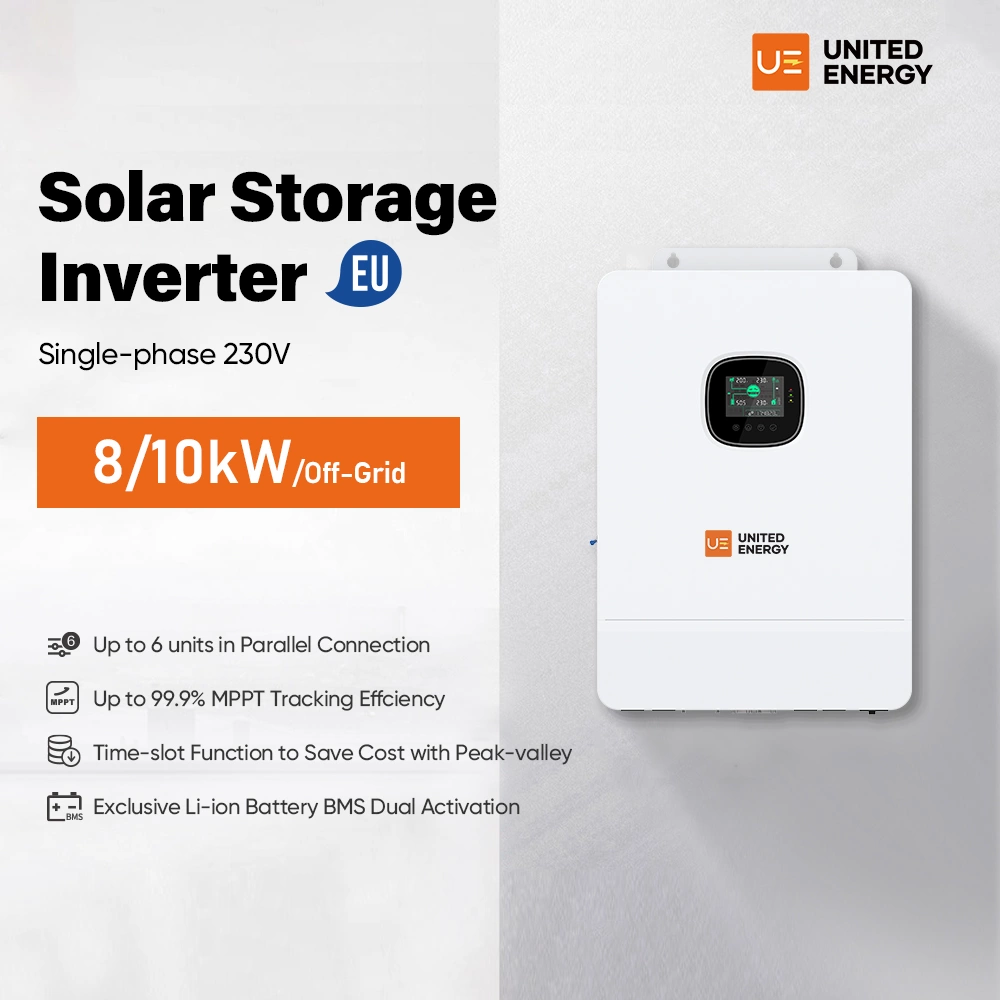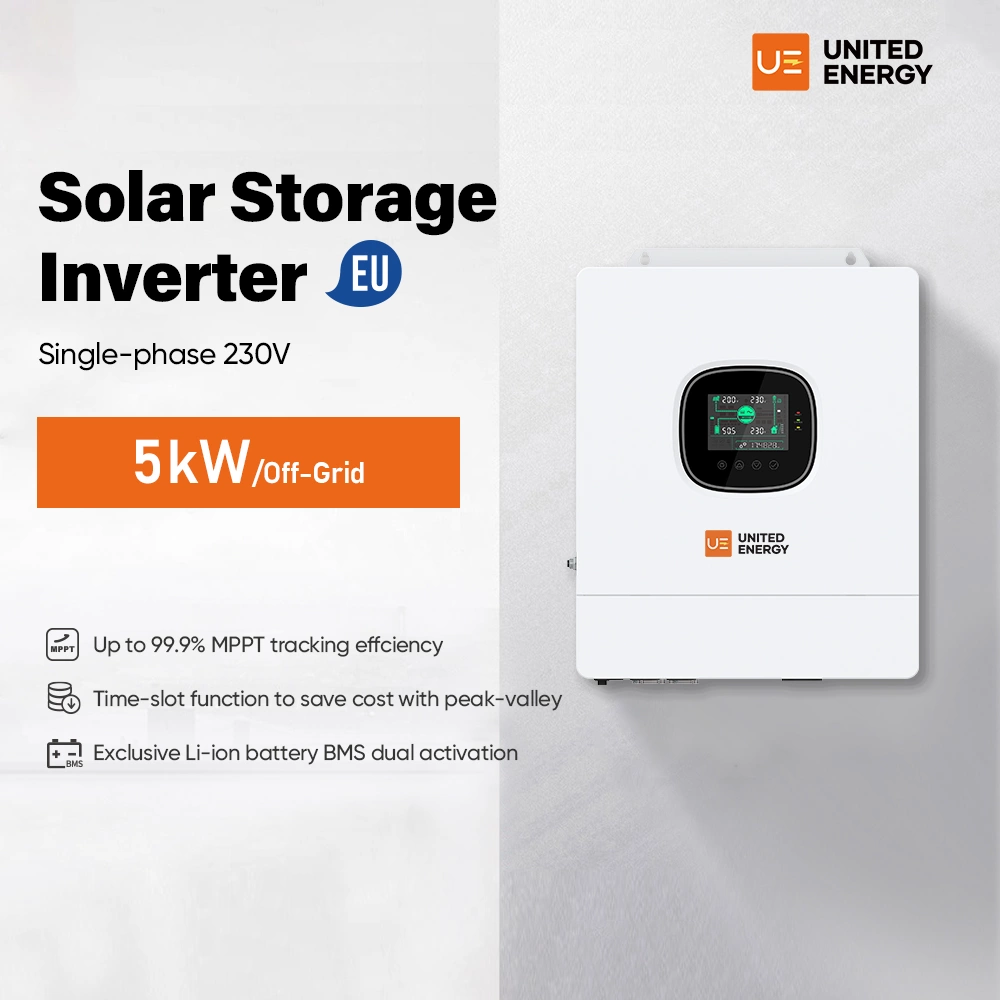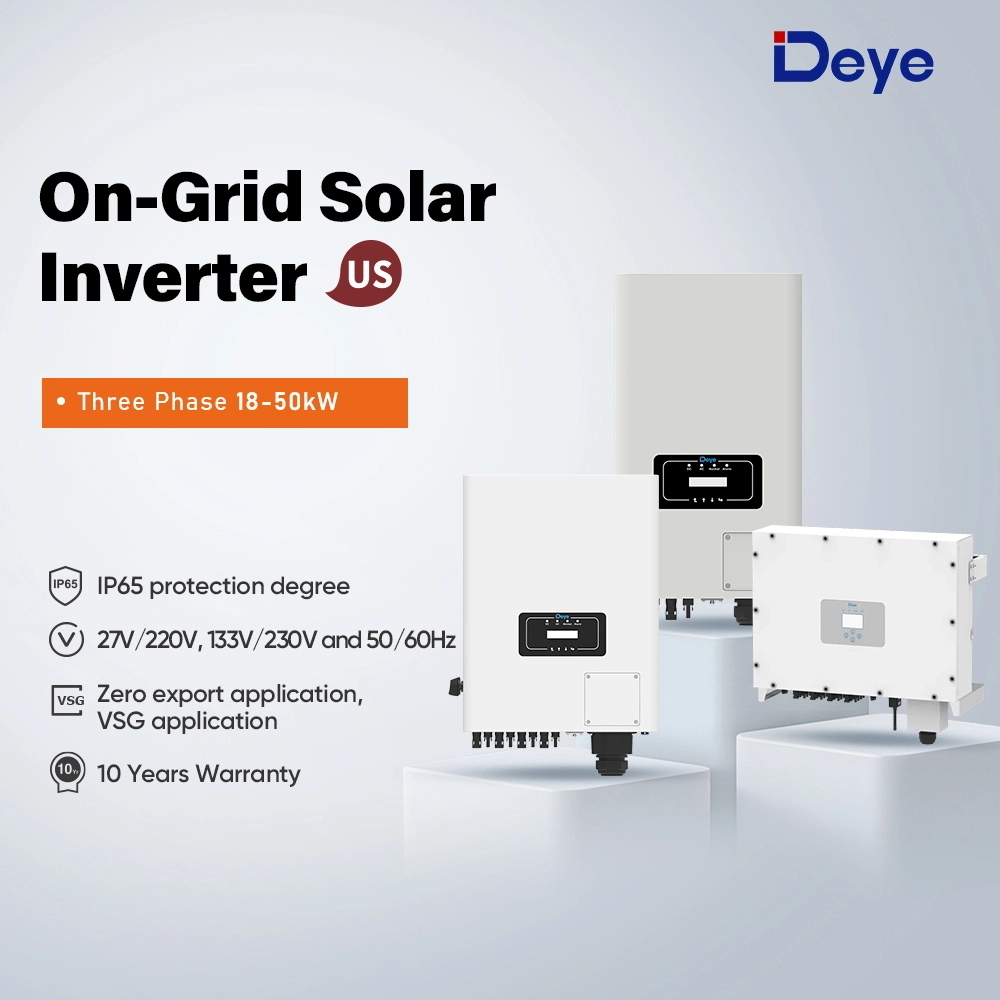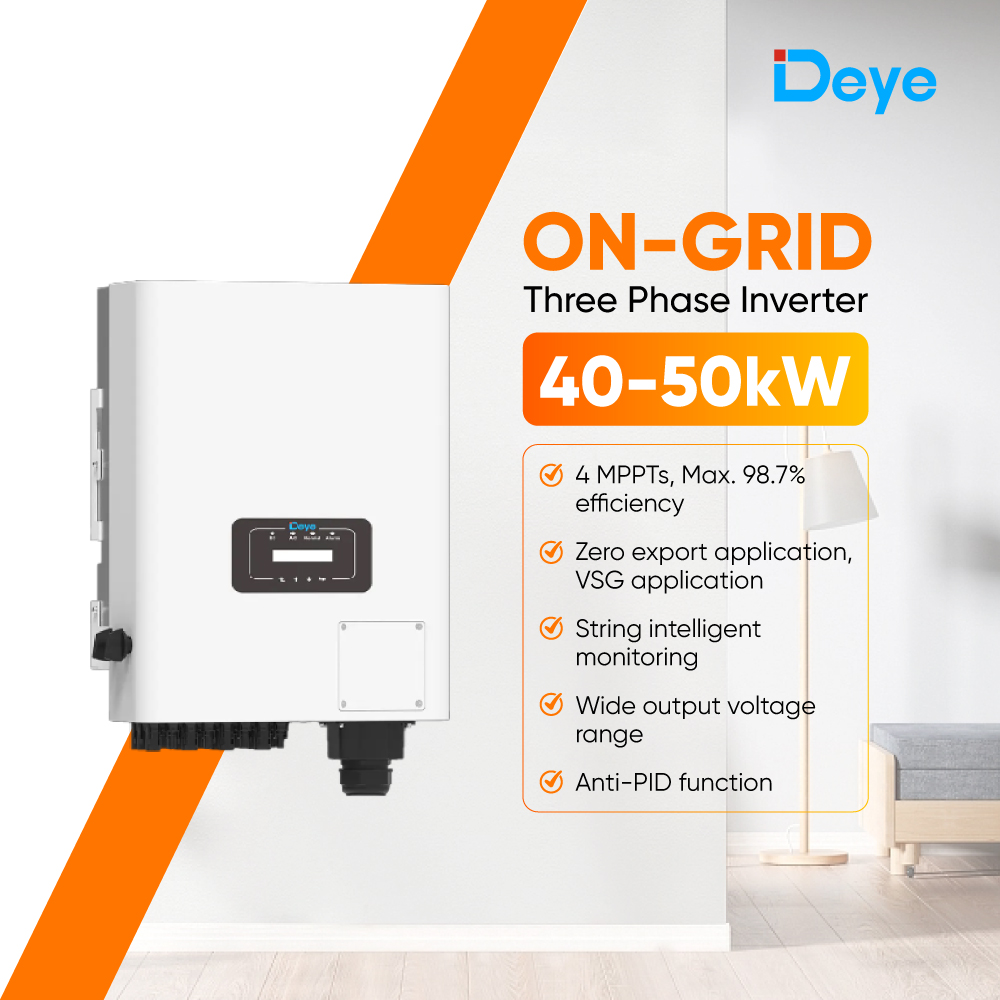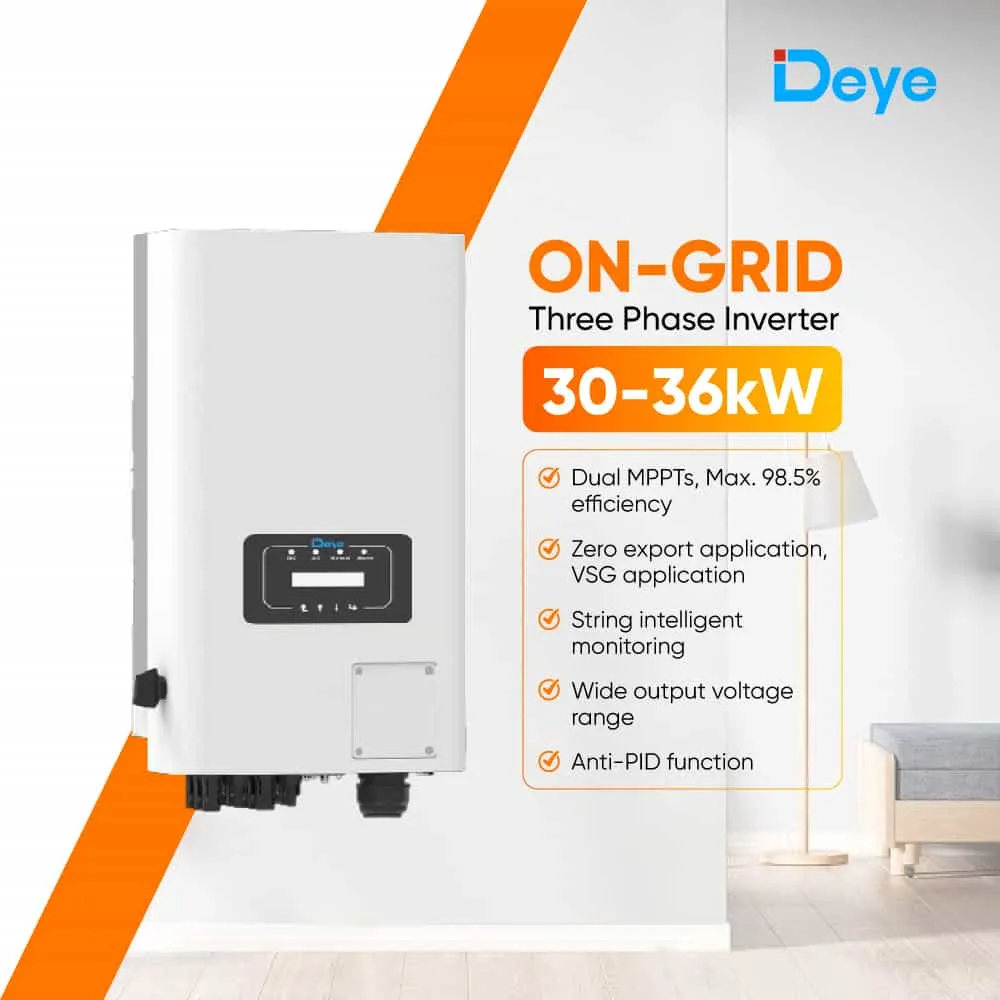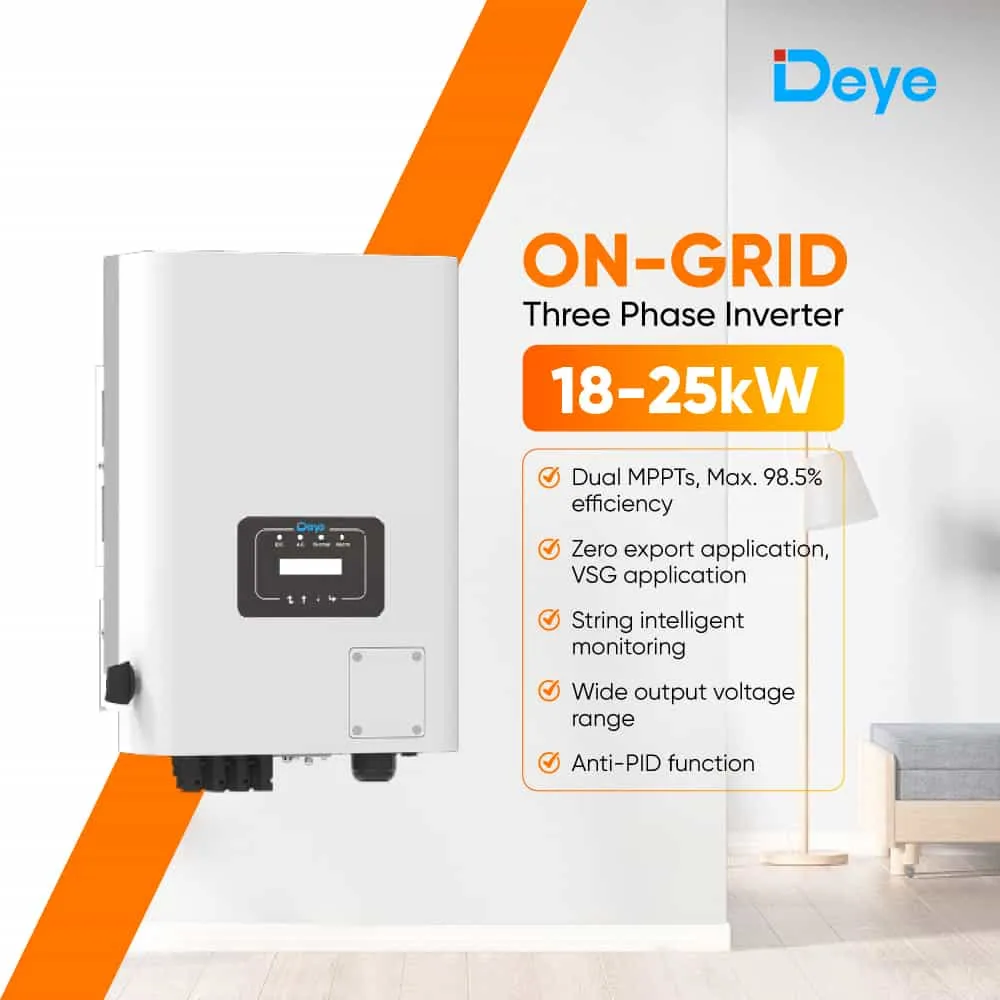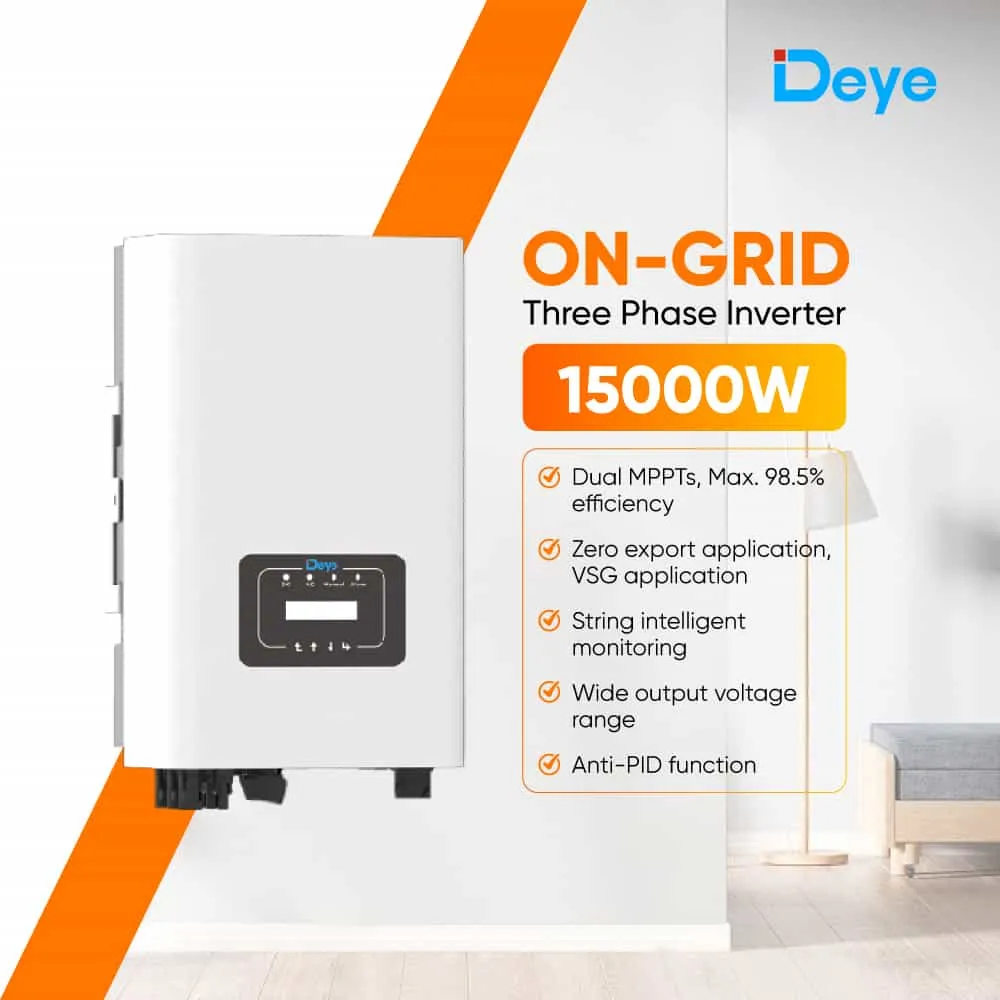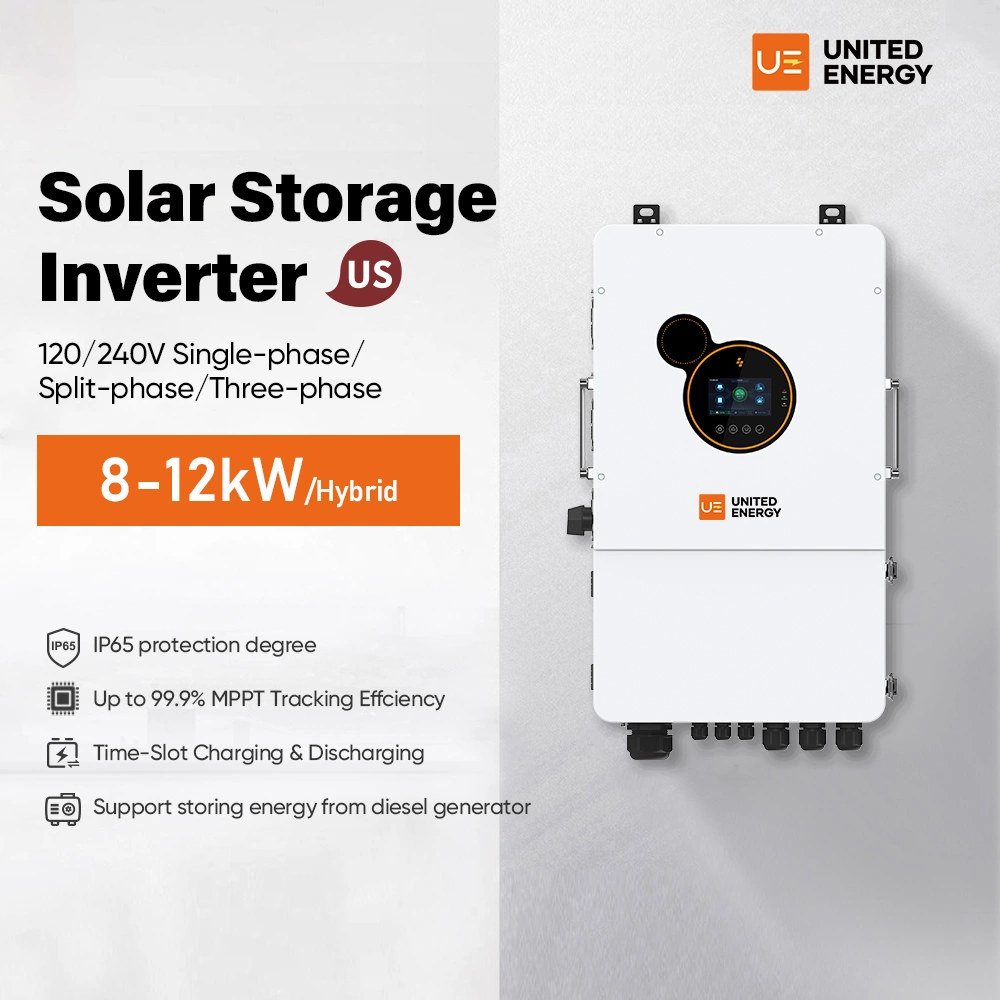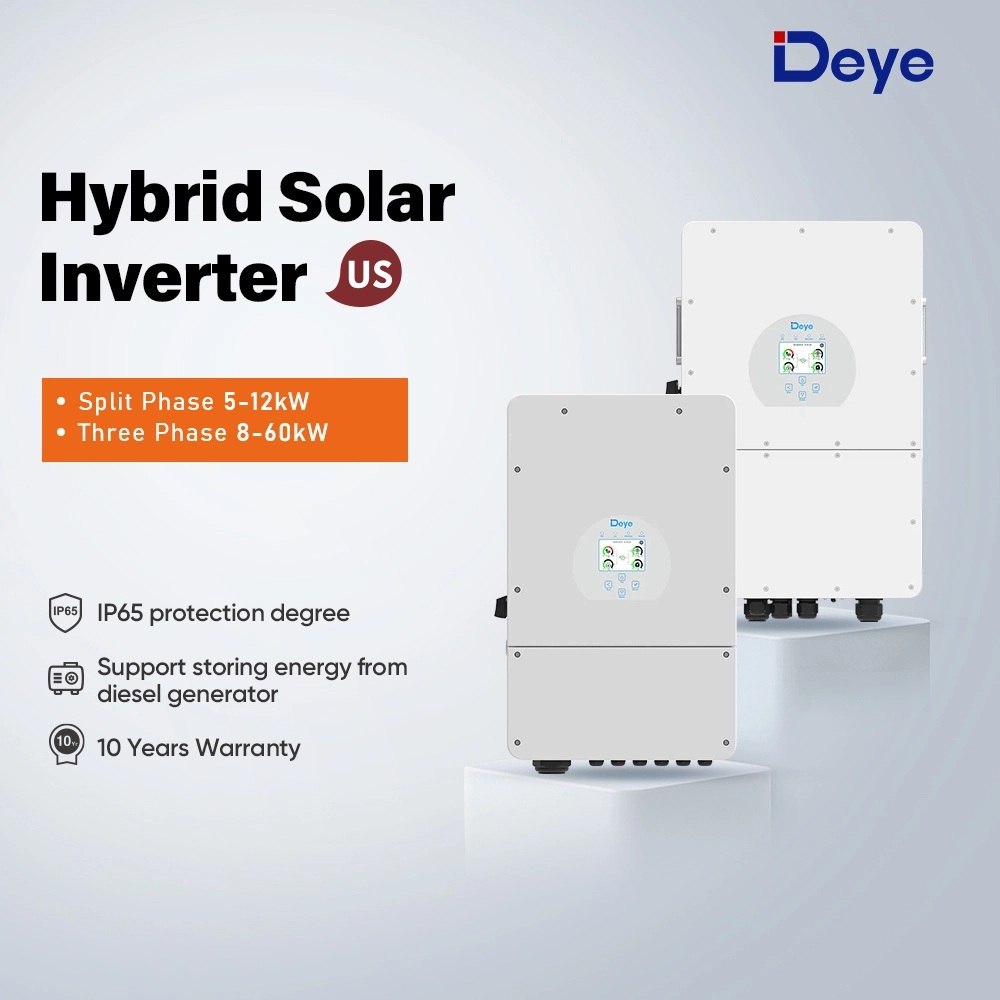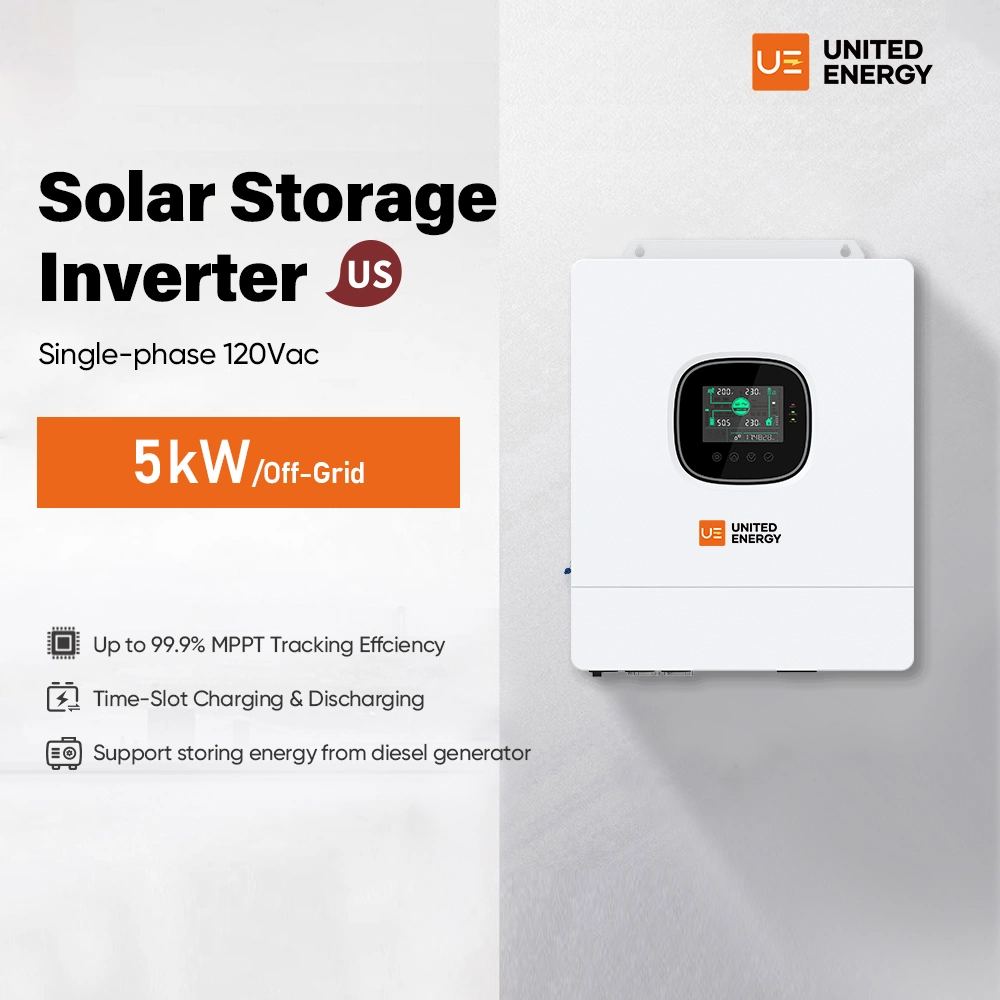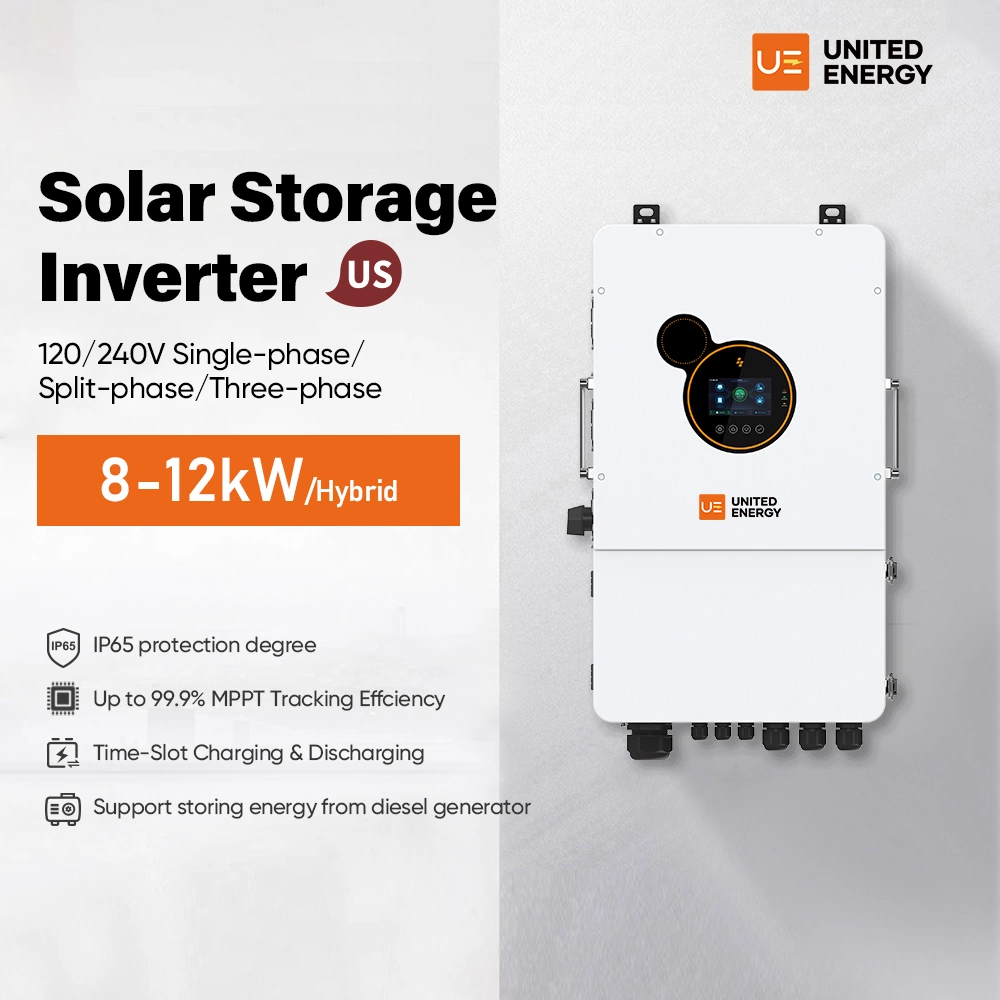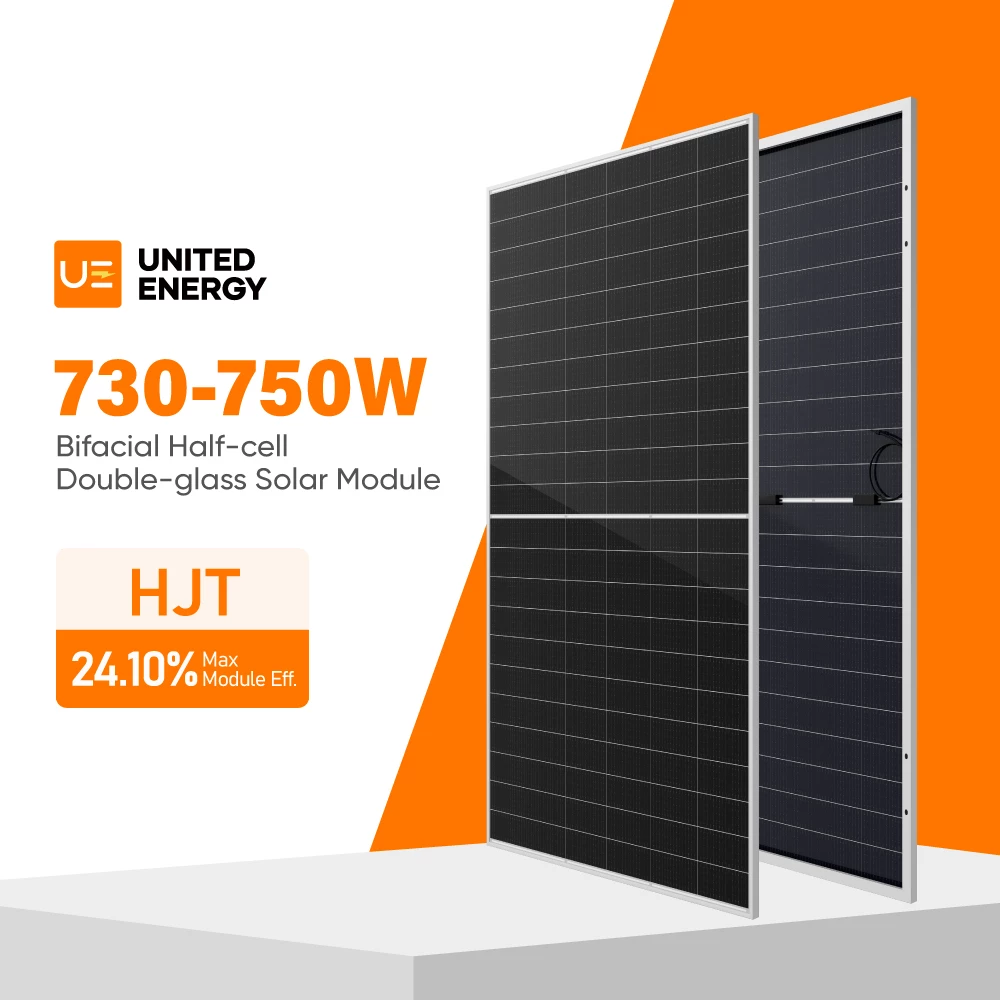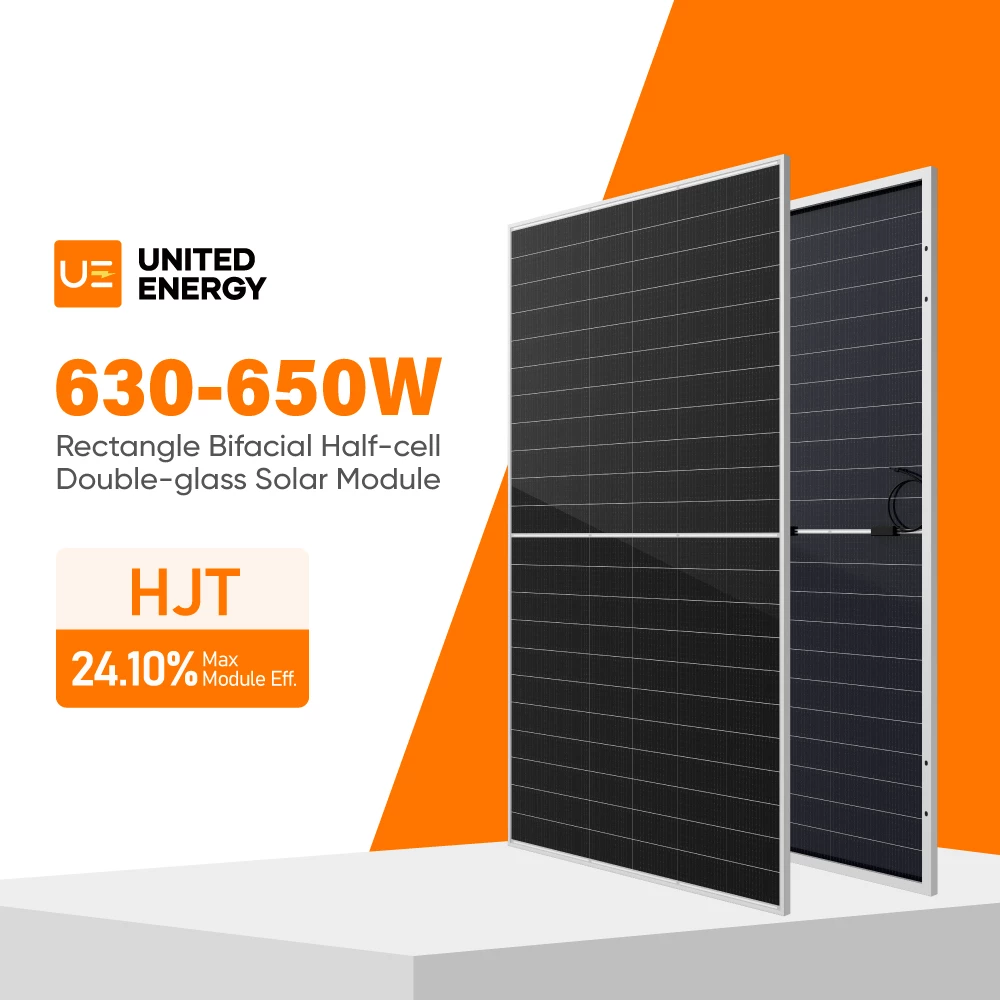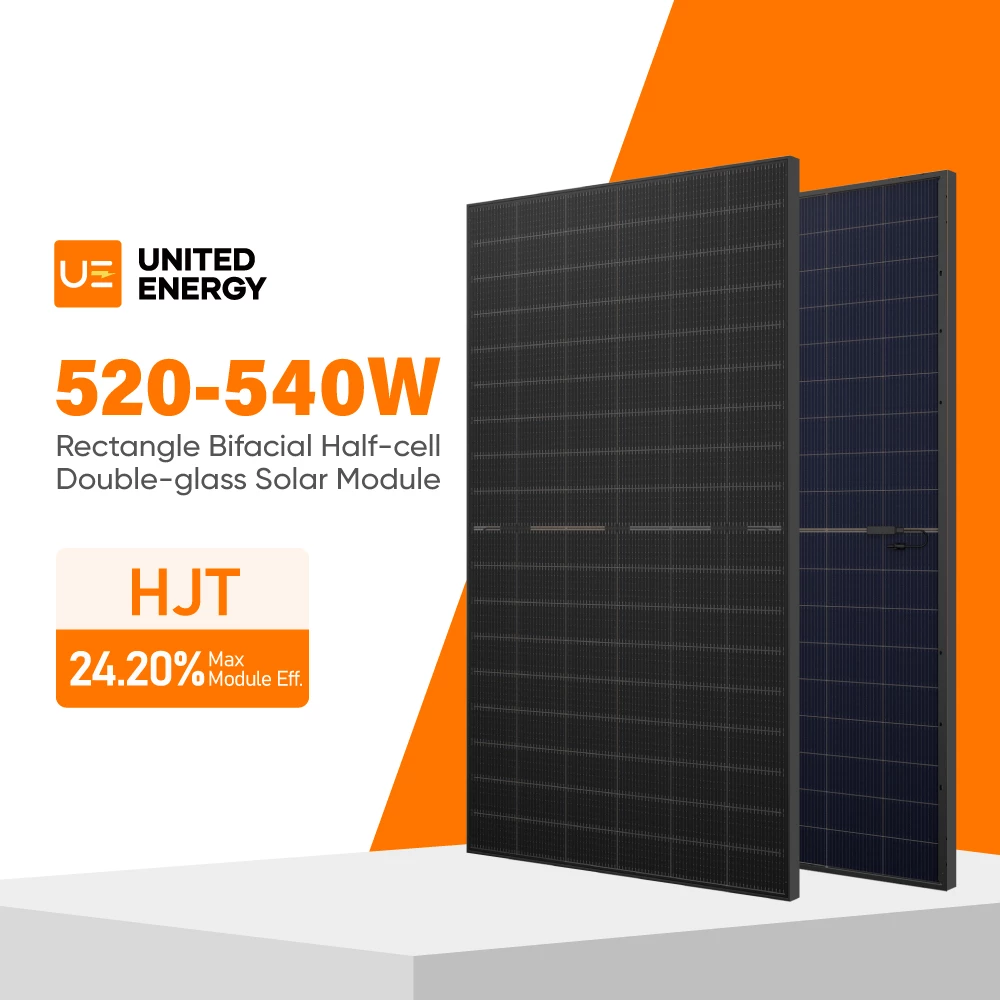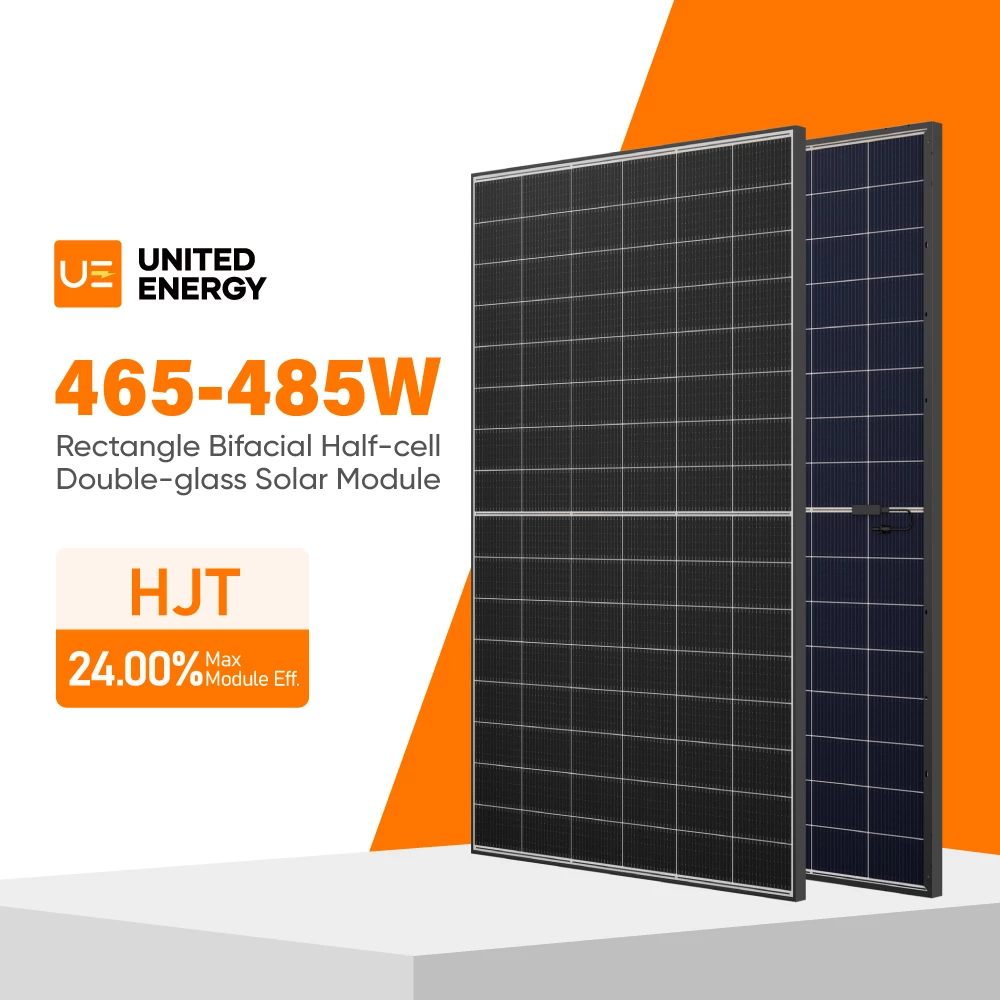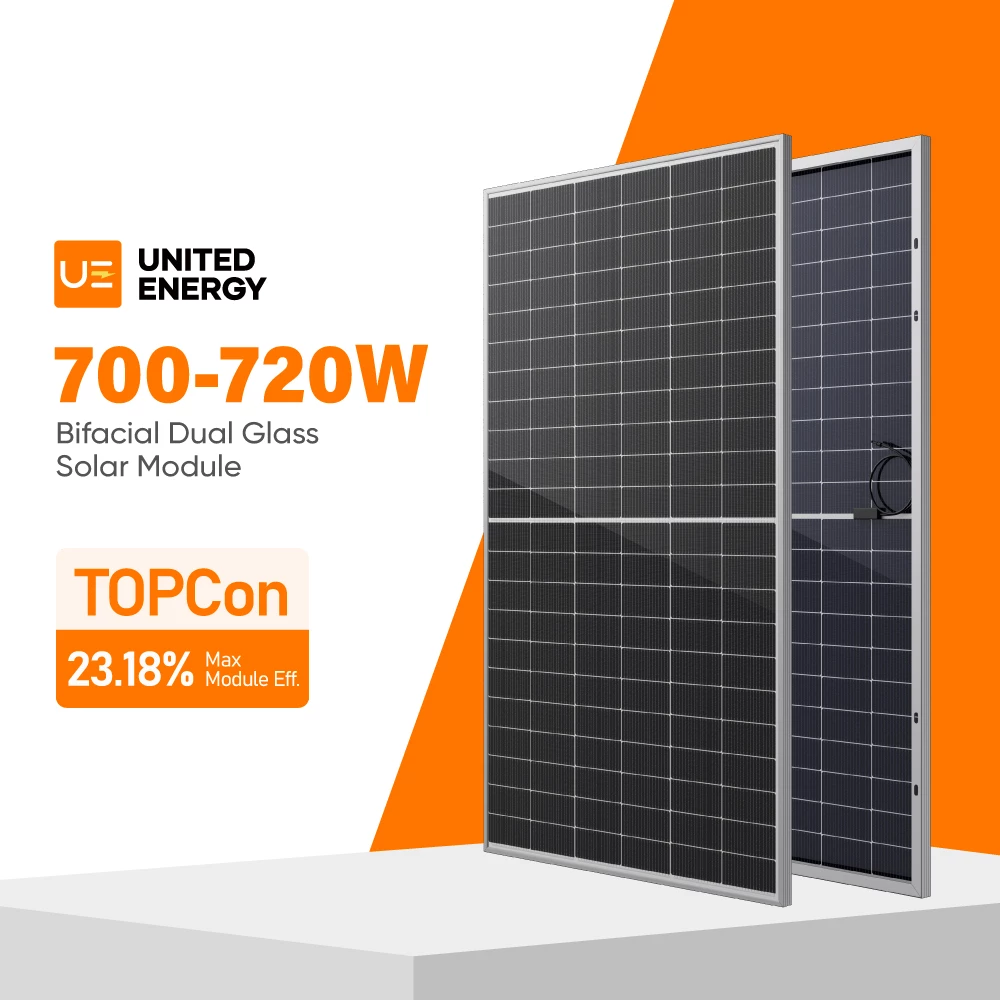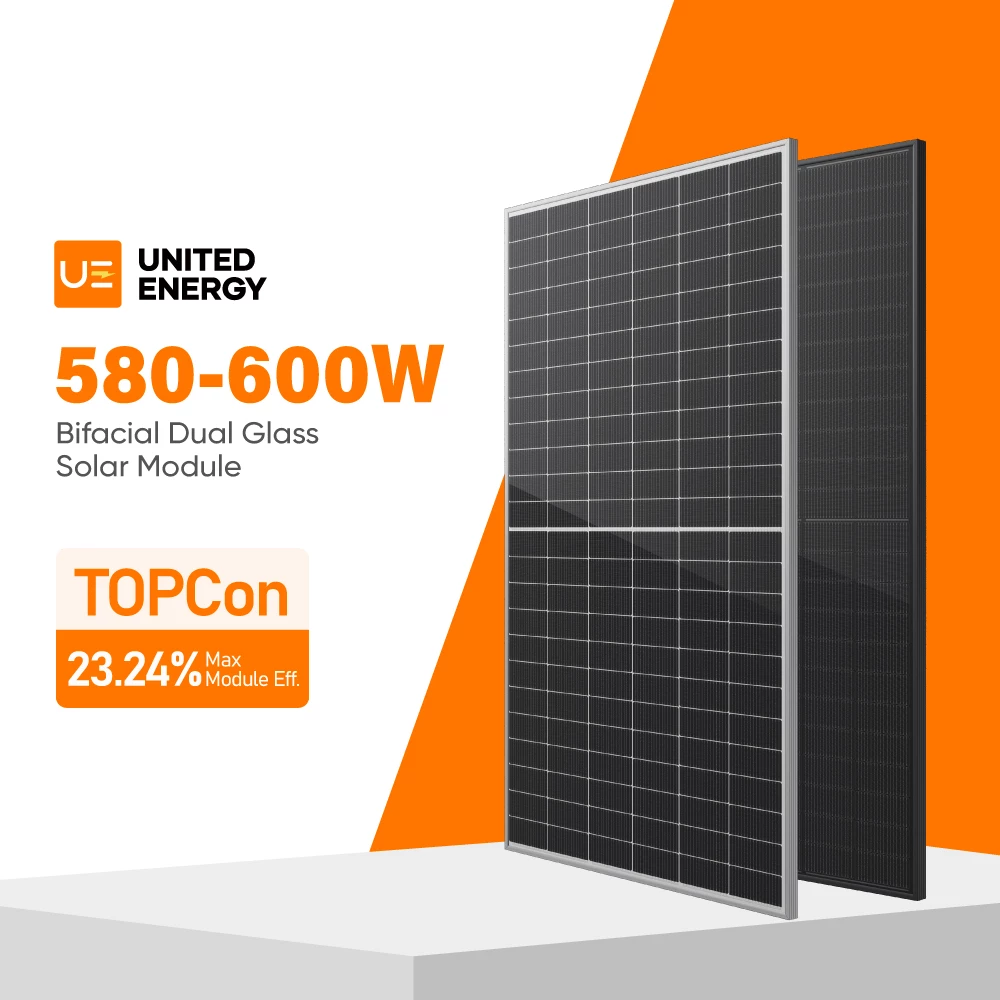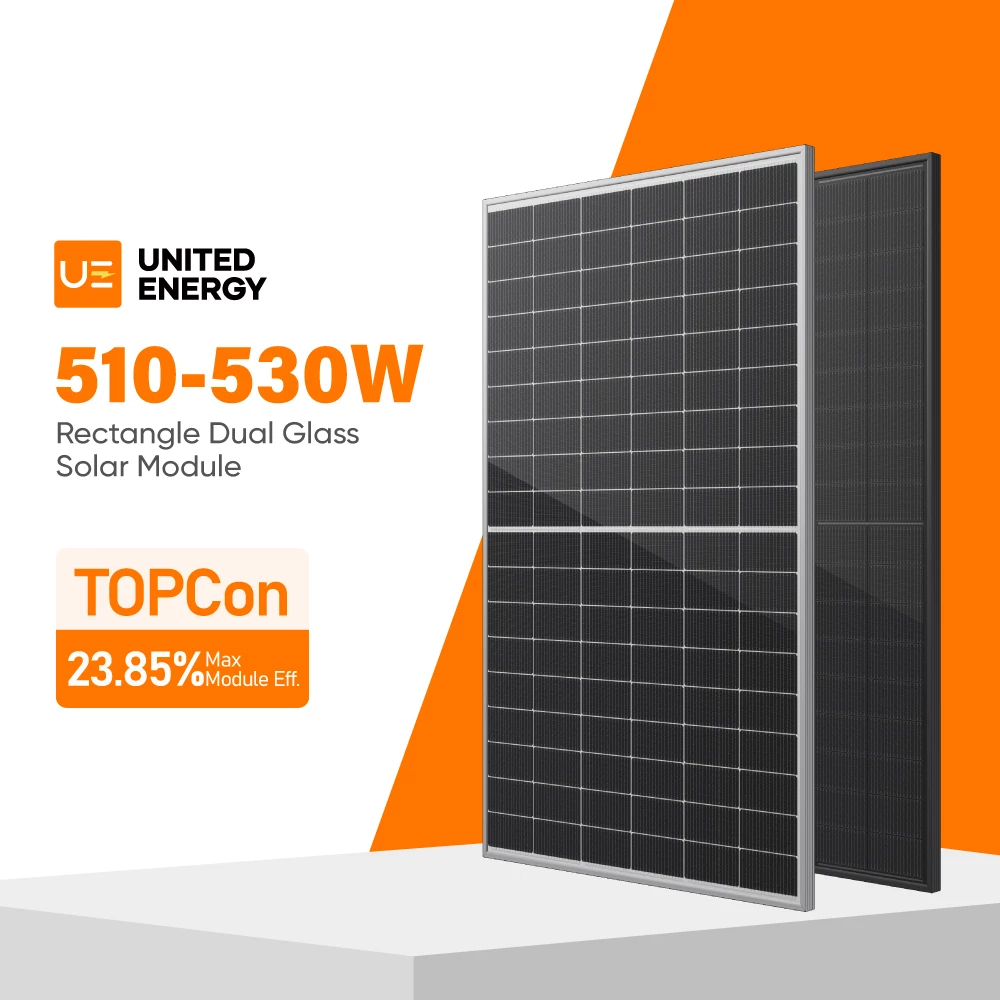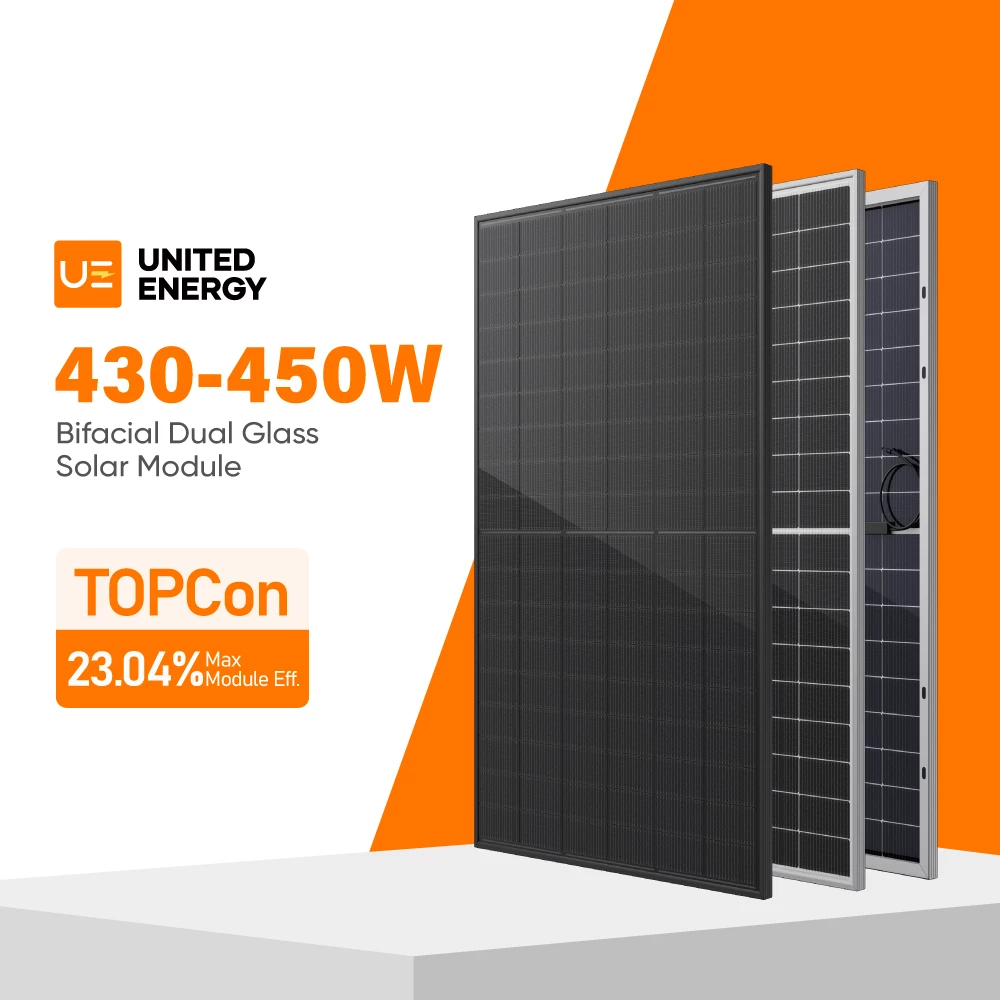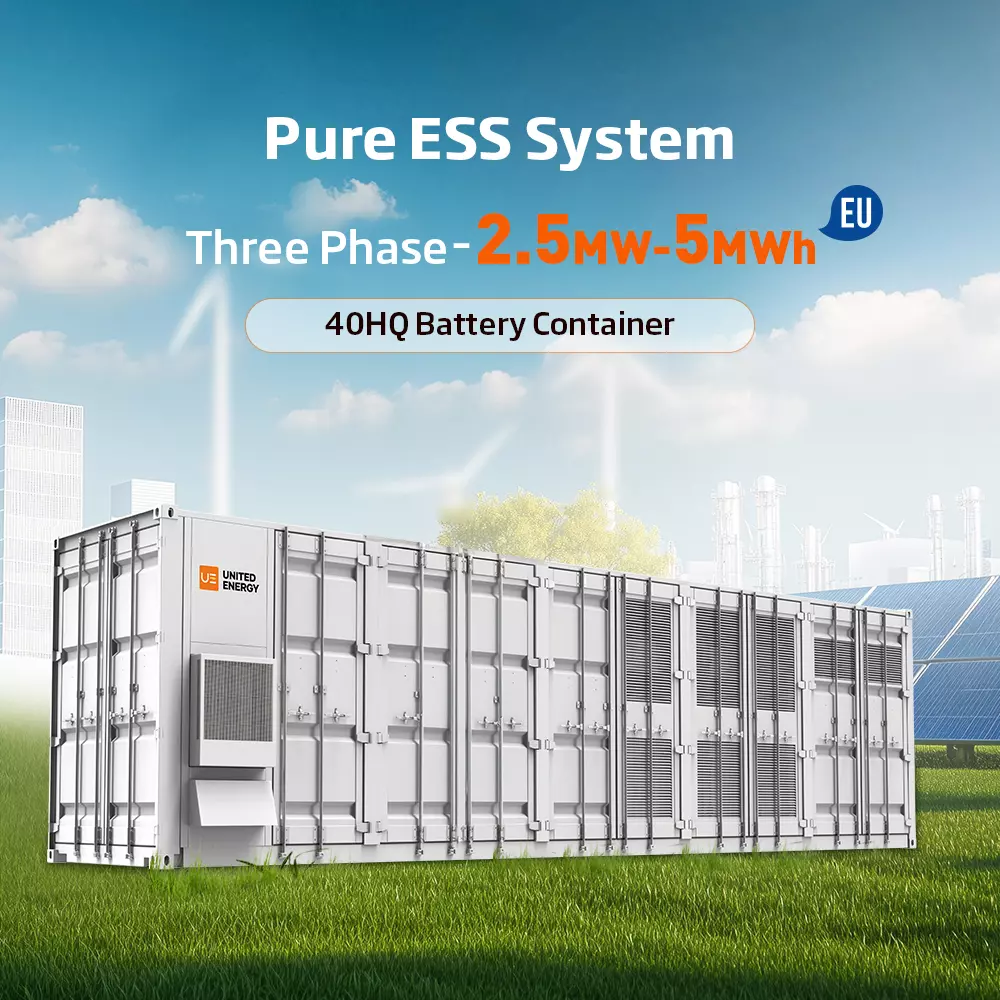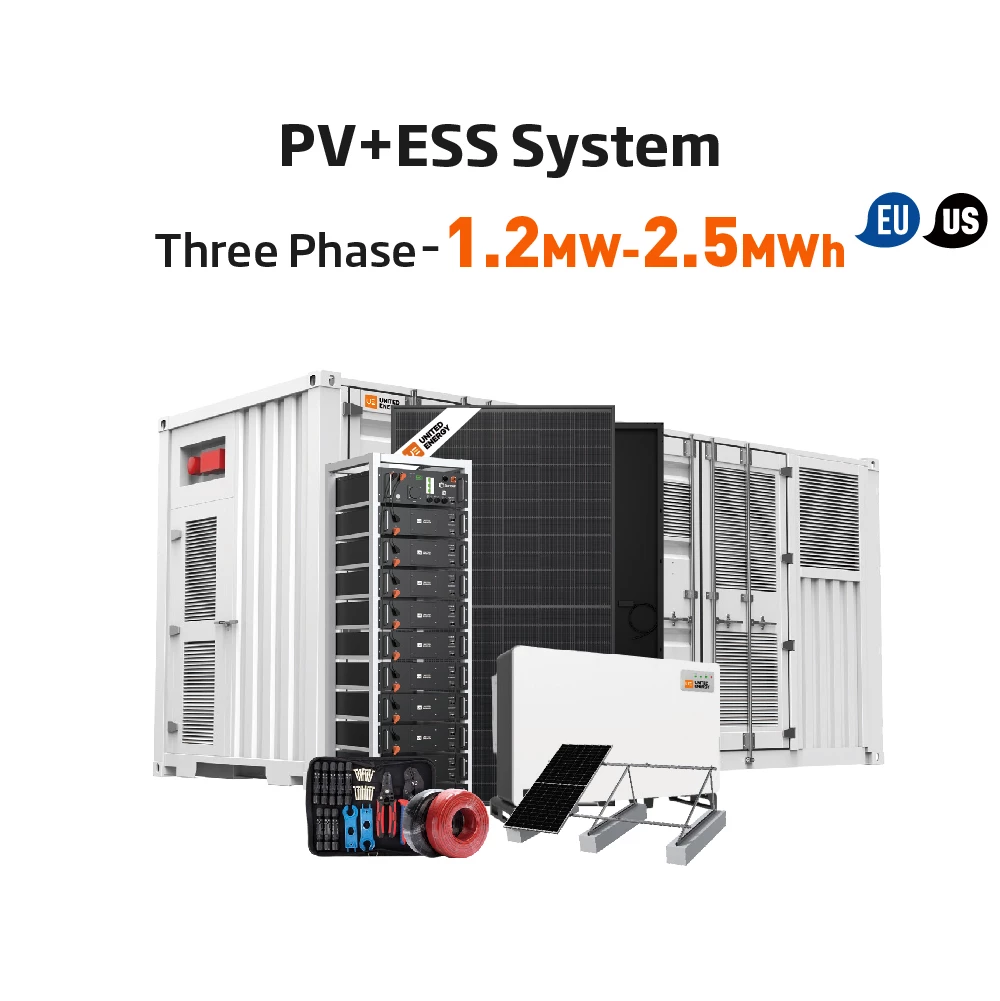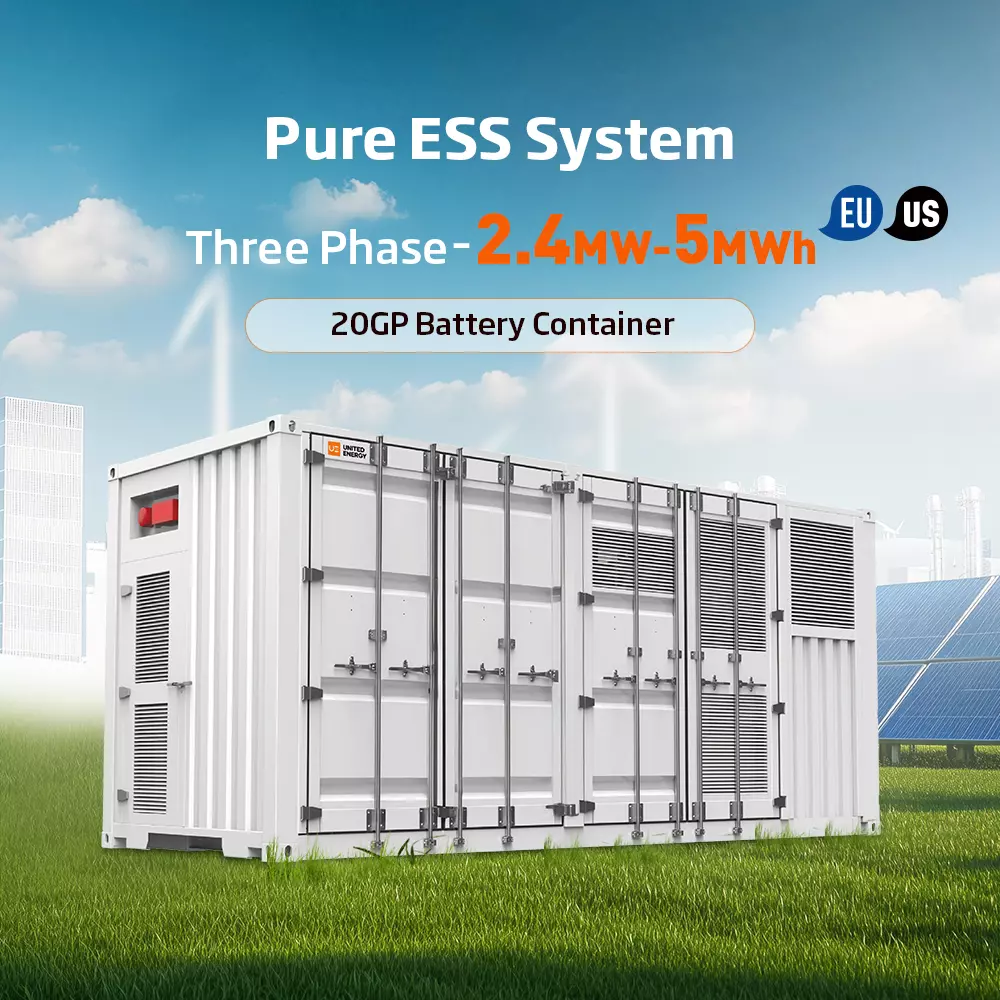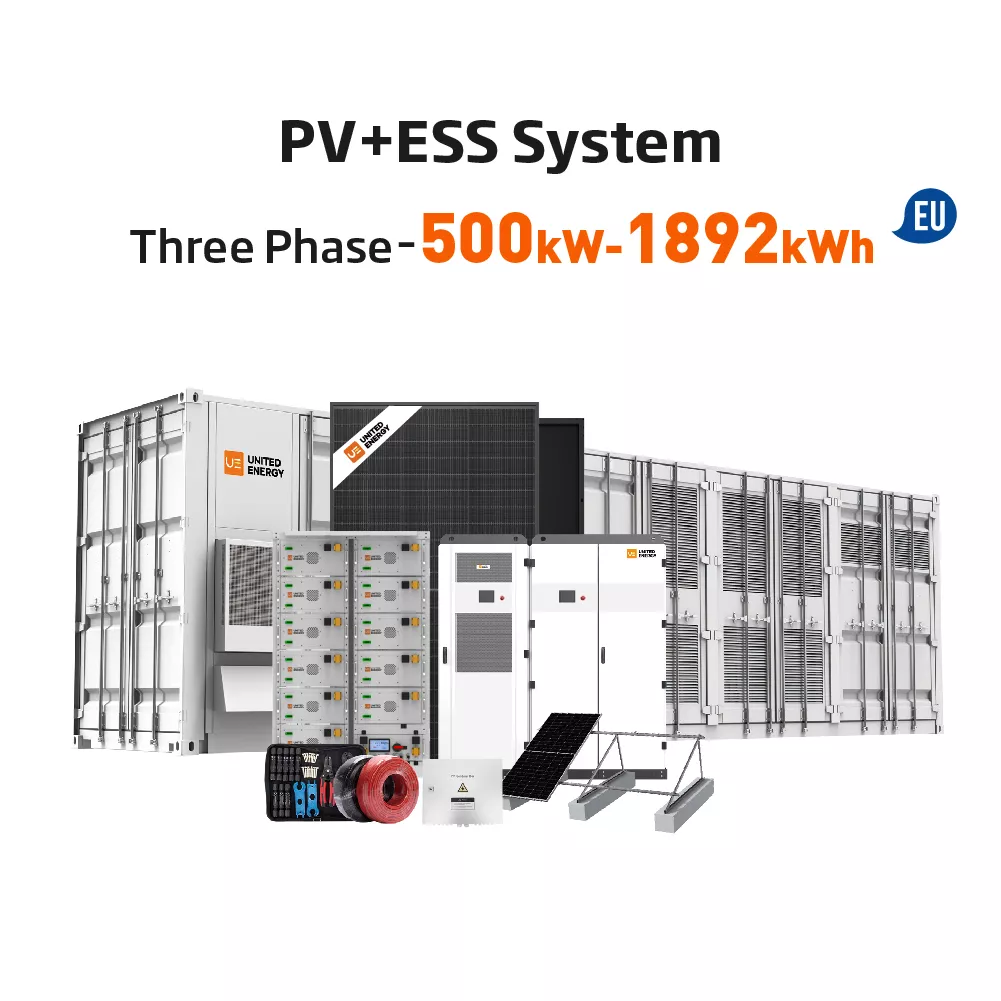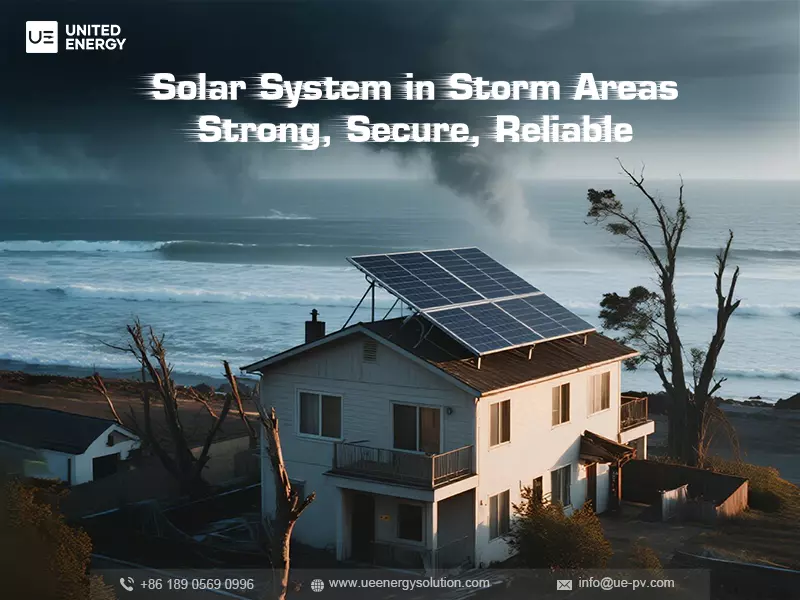
Over the years, we’ve worked with solar projects in storm-prone hotspots, from the typhoon-ravaged coast of the Philippines to the Caribbean hurricane belt to the tornado-prone Florida, and we know how difficult it is for ordinary solar systems to survive in these areas. The Caribbean, including countries such as Jamaica and the Dominican Republic, faces 4 to 6 severe hurricanes each year. We also know that hurricane-induced tornadoes (where winds exceed 480 km/h) have also destroyed their solar panels in Florid. The subsequent repair costs from these storms often exceed 40% of the initial investment.
This isn’t hypothetical—it’s reality in storm zones. Solar systems here need to do more than work; they need to survive.
Are you also worried that a strong storm will destroy your solar system? Check out following details to know how we make PV system strong, secure, and reliable.
6 Key Strategies for Storm-Proof Solar Mounting Systems
Mounting brackets are the most basic and core components of a solar system. Once the brackets are blown by a storm, the whole system will not work.
UE's technical team has experience in designing and installing more than 500 photovoltaic systems in stormy areas, and is committed to providing the most stable mounting system for every customer.
To maintain the stability of the brackets, UE technical team provide below six key points to withstand strong storms:
Stronger materials
Choose brackets made of Q355B high-strength steel (thicker than ordinary steel) or 6061 - T6 aluminum (at least 2.0 mm thick). Use 316 stainless steel bolts. These bolts are stronger and have better resistance to salt corrosion, so they are less likely to bend or rust in storms.
Windproof structure
Reduce the tilt angle of the solar panel to 10-15° (to reduce wind force). Add cross braces between brackets and reduce the row spacing to 3 meters (instead of 4 meters). This makes the entire device more stable and less likely to shake in strong winds
Strong solar panel fixing
Use 8-10 clamps per solar panel (instead of 4-6) and add EPDM rubber seals on the edges. More clamps and seals prevent panels from being blown away and prevent water from seeping in.
Deep and strong foundation
For flat roofs with a strong enough structure, the bracket can be fixed with front and rear columns, with the solar panels placed horizontally, and then the internal lock buckles can be used to fix the solar panel installation holes, while adding diagonal braces and back supports. For ground-mounted systems, use 1.5-meter-deep reinforced concrete bases and counterweights. A deep foundation prevents the rack from being blown up by strong winds.
Waterproof electrical equipment
Choose IP68-rated junction boxes (which can withstand 1.5-meter-deep underwater impact) and anti-loose wire clamps. They prevent short circuits caused by rain or rack shaking.
Anti-corrosion coating
Choose racks with hot-dip galvanizing (or epoxy coating) of more than 80μm. If you are close to the coast, choose enamel-coated steel plates - their salt spray resistance is three times that of other steels. Good anti-corrosion measures can extend the service life of the rack by 5-10 years.
Choose products with strong weather resistance
Solar panels: 3.2 mm thick tempered glass panels should be selected to resist impact from debris effectively. The panel frame should be made of aluminum at least 2 mm thick, and it is best to use a half-piece or MBB design to reduce the pressure of wind on the panel. At the same time, the panel must be UL 1803 certified and have hail resistance.
Inverter and cables: The inverter must reach IP65 or IP66 waterproof level and be installed at a height of more than 1.5 meters from the ground to avoid being soaked by floods. The line uses marine-grade cables, fixed with stainless steel clips, and the joints are sealed with UV-resistant seals to prevent water ingress and corrosion.
Batteries: The battery casing must reach IP65 or above waterproof level (completely dustproof and resistant to low-pressure water spray), and the wiring port must use waterproof terminals.
If the battery is placed in an outdoor cabinet, the bottom of the cabinet must be raised by more than 10 cm to prevent rainwater from accumulating at the bottom and seeping in.
Install protective devices to resist impact and overload
Storms are often accompanied by lightning strikes and sudden voltage rises, so it is necessary to install a "buffer barrier" in advance:
Surge Protector (SPD): Install SPDs between the solar panel and the inverter, and at the output of the inverter, respectively, to reduce instantaneous high voltage (such as tens of thousands of volts generated by lightning) to a range that the equipment can withstand (usually ≤1000V).
SPD can protect the stable operation of the solar power generation system and ensure the safety of the equipment.
Prevent impact from debris: Install metal or high-strength plastic protective tubes (such as PVC tubes) on the outside of exposed cables and connectors, and seal them with rubber plugs at both ends of the protective tubes, which can not only block the impact of debris such as flying stones and branches, but also reduce direct erosion by rainwater.
Emergency protection" before and after the storm
Before the storm: check all connection points 1-2 days in advance - gently pull the cable by hand to confirm that the clamp is not loose; open the waterproof box to check whether there is condensation inside (if there is, wipe it with a dry cloth); shut down the system by disconnecting the device to avoid water ingress and short circuit under power.
After the storm: Do not turn on the power immediately after the storm. First disassemble the junction box and protective tube to check whether the joints are oxidized and whether the cables are damaged; use a multimeter to test the circuit continuity and confirm that there is no short circuit, then gradually close the switch for testing.
Case reference
During Typhoon Ursula in 2019, the typhoon gusted to more than 100 km/h in the Visayas region of the Philippines, knocking down trees and destroying the local power grid, but UE's 20kW solar system installed in a local coastal fishing village remained intact. It served as the village's emergency power source. It not only kept the community clinic running normally, but also provided lighting when the rest of the area was plunged into darkness. "When nearby roofs were blown off by the storm, your solar system was indestructible," the village chief later said. "We never lost power - it was our lifeline against the storm."
Conclusion
Taking the above measures can make the solar system "withstand the impact and maintain safety" in strong storms, reducing more than 90% of the failures caused by storms. At UE, we specialize in customizing hurricane-resistant solar solutions for coastal and high-wind regions. Our systems are engineered to exceed regional standards, every product is rigorously selected for durability.
If you have similar demands, please leave your information in the consultation window at the bottom of the website, and we will contact you immediately.
Choose UE, deliver easy and secure turnkey energy solution.

